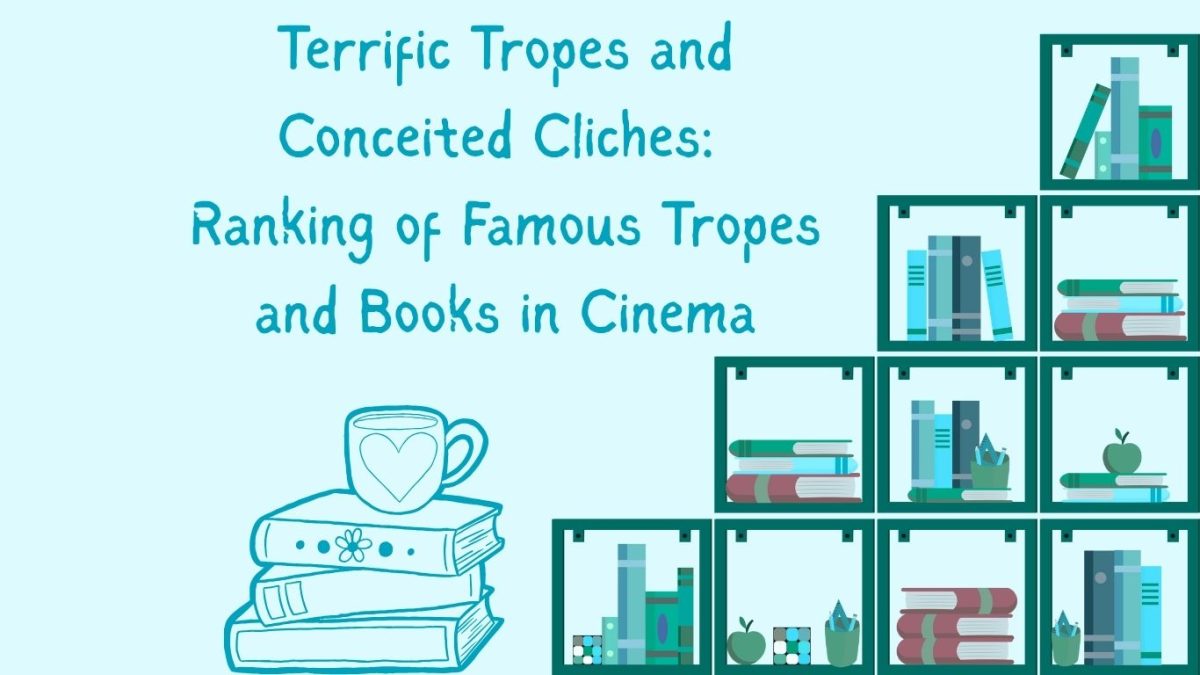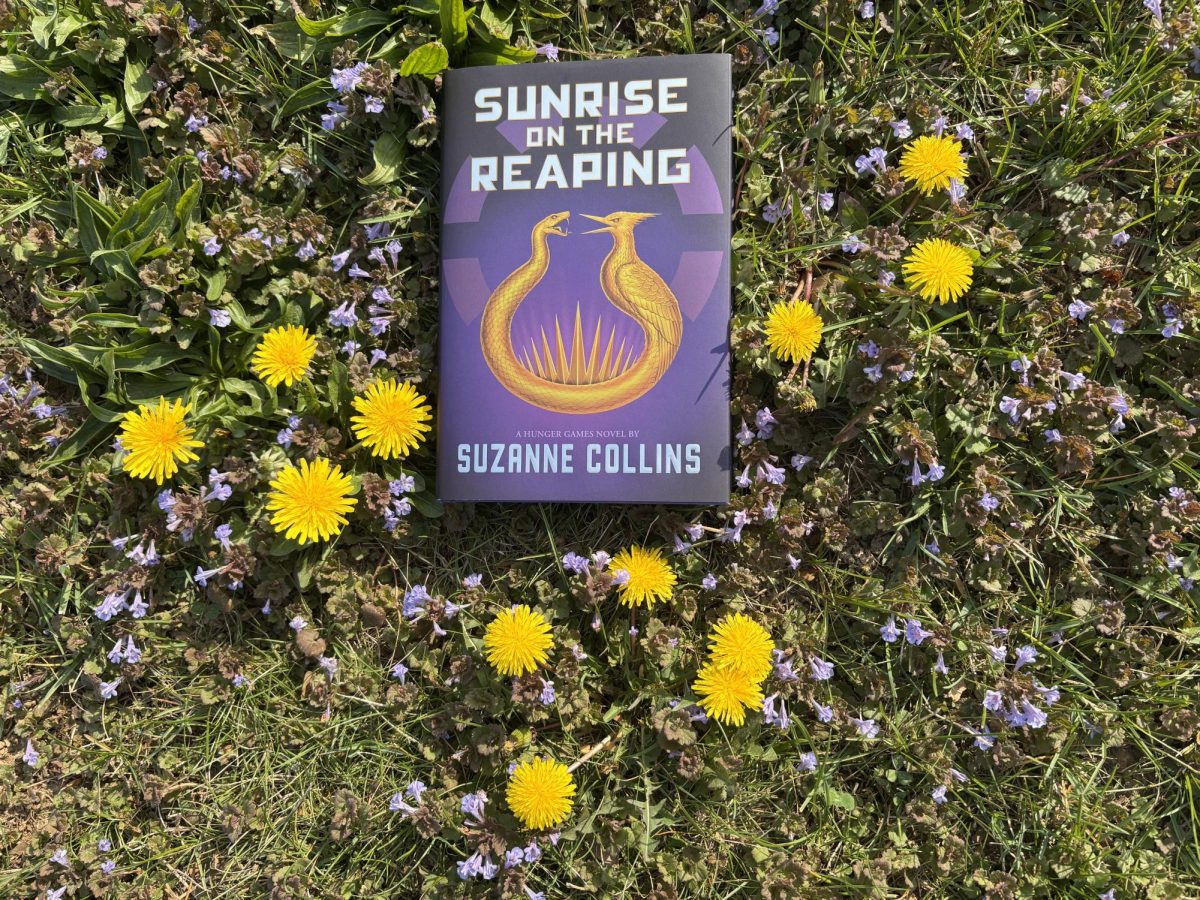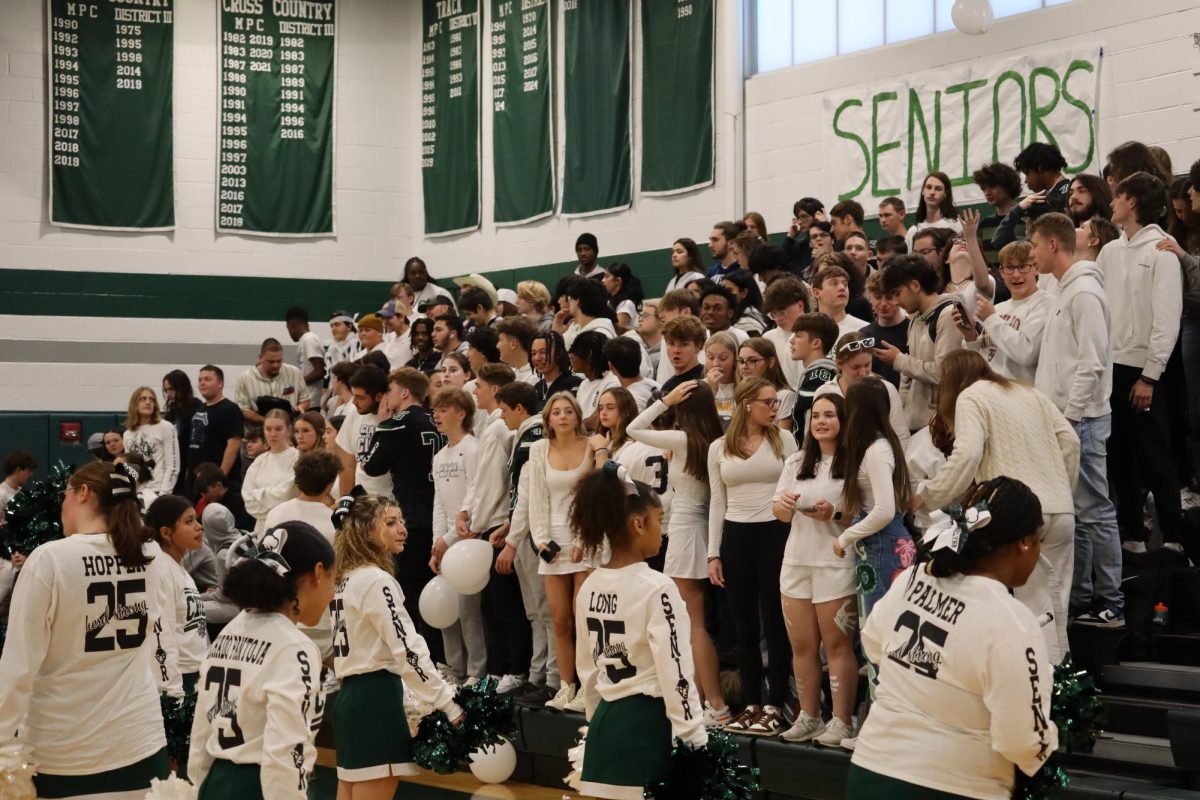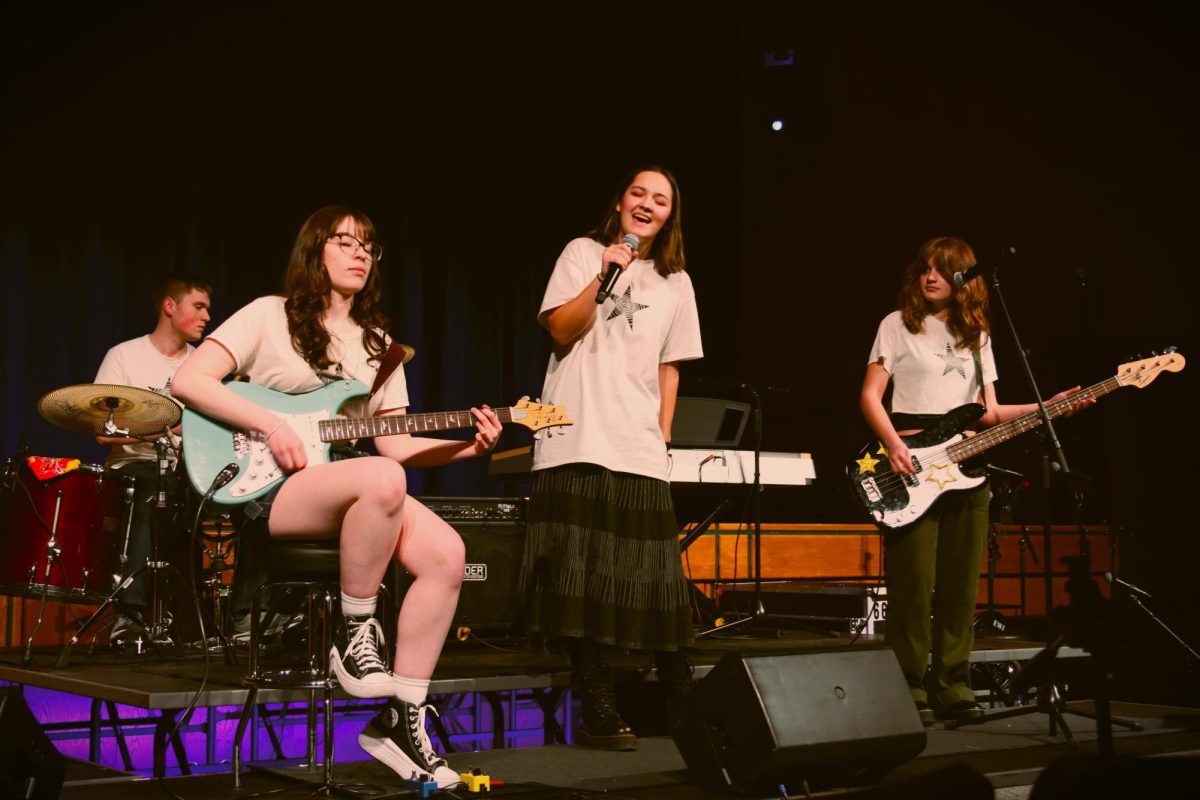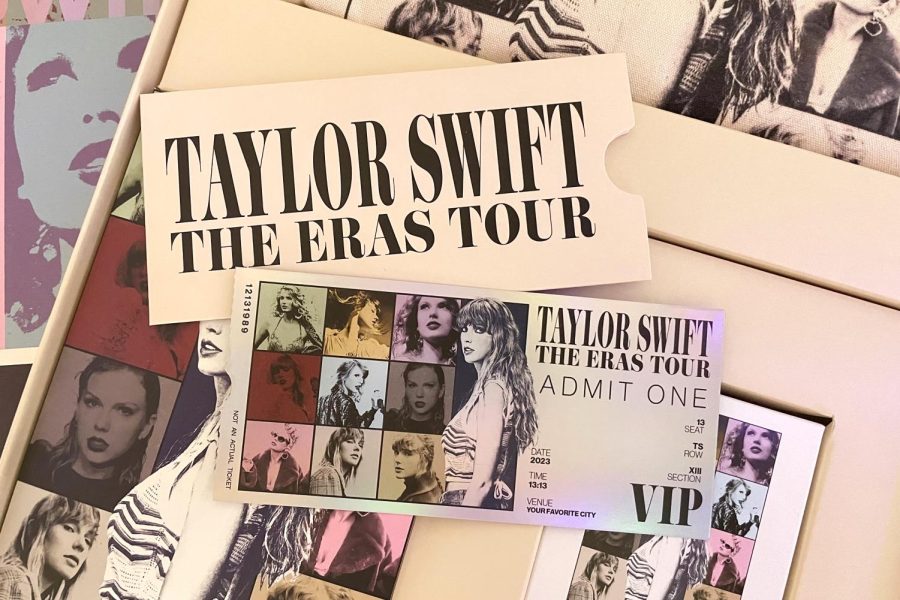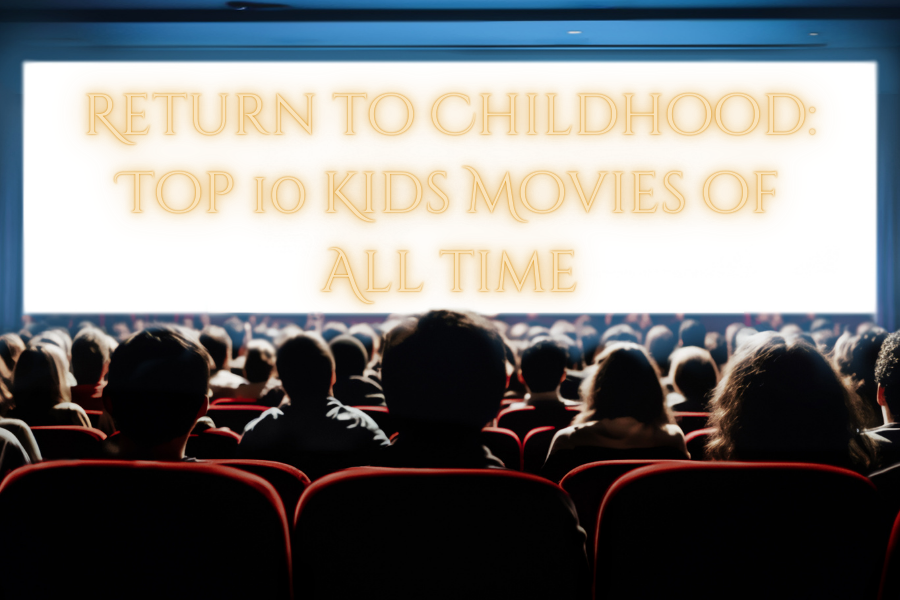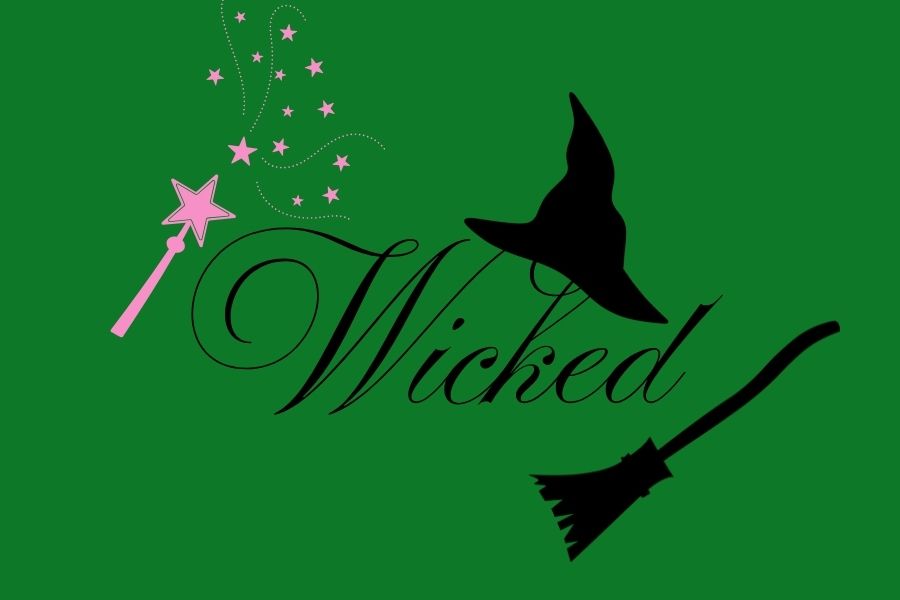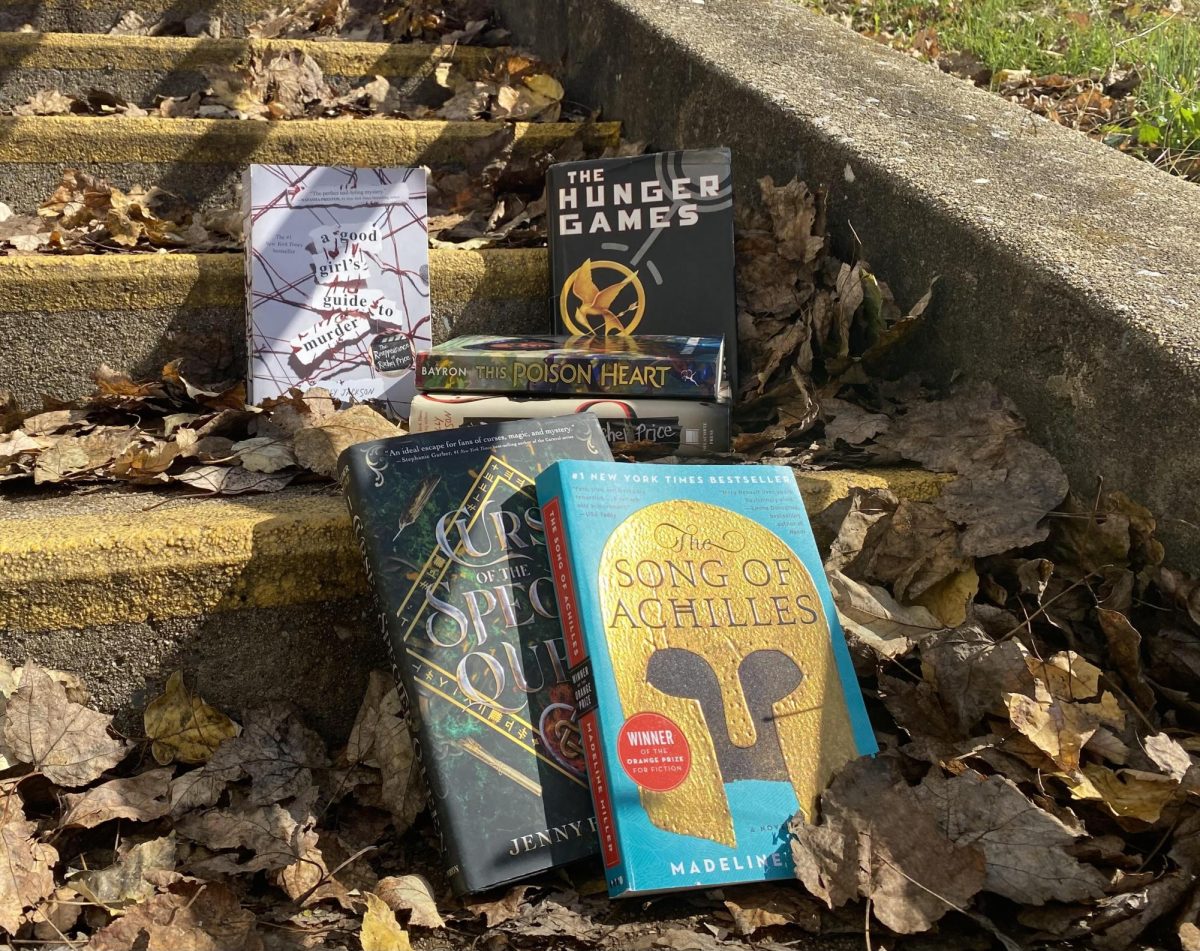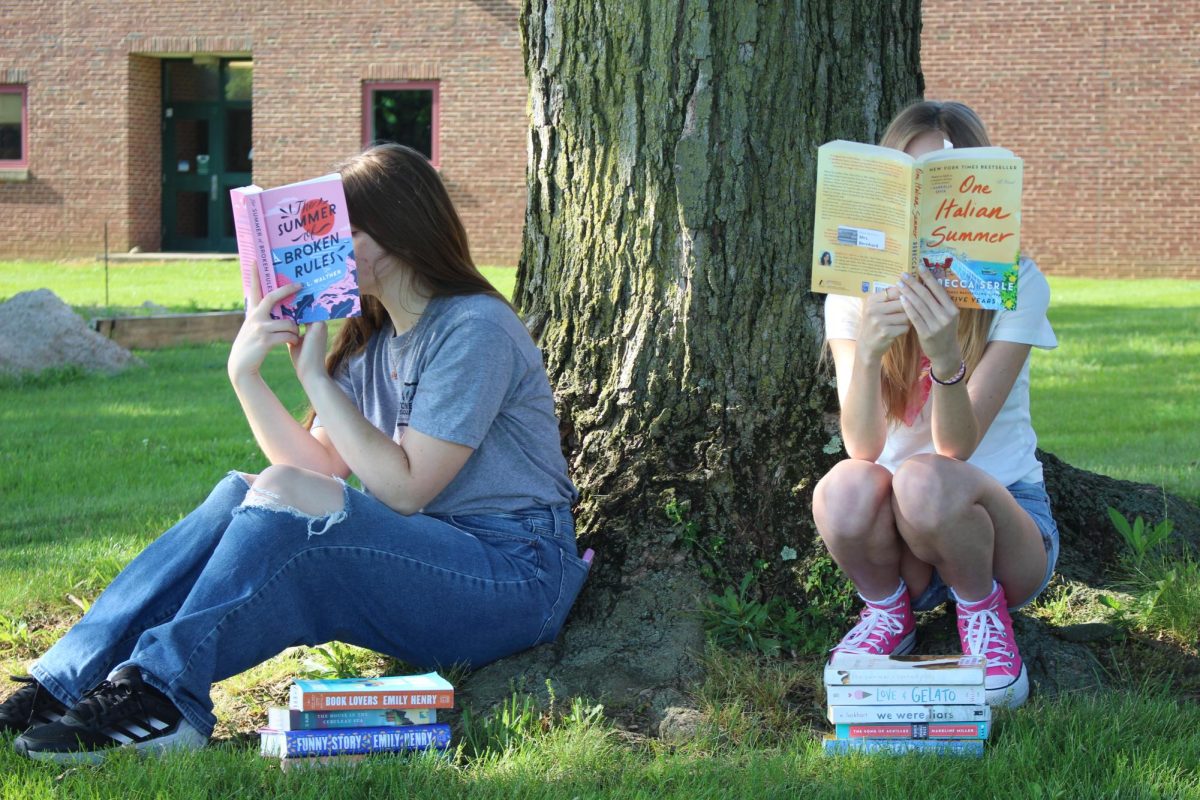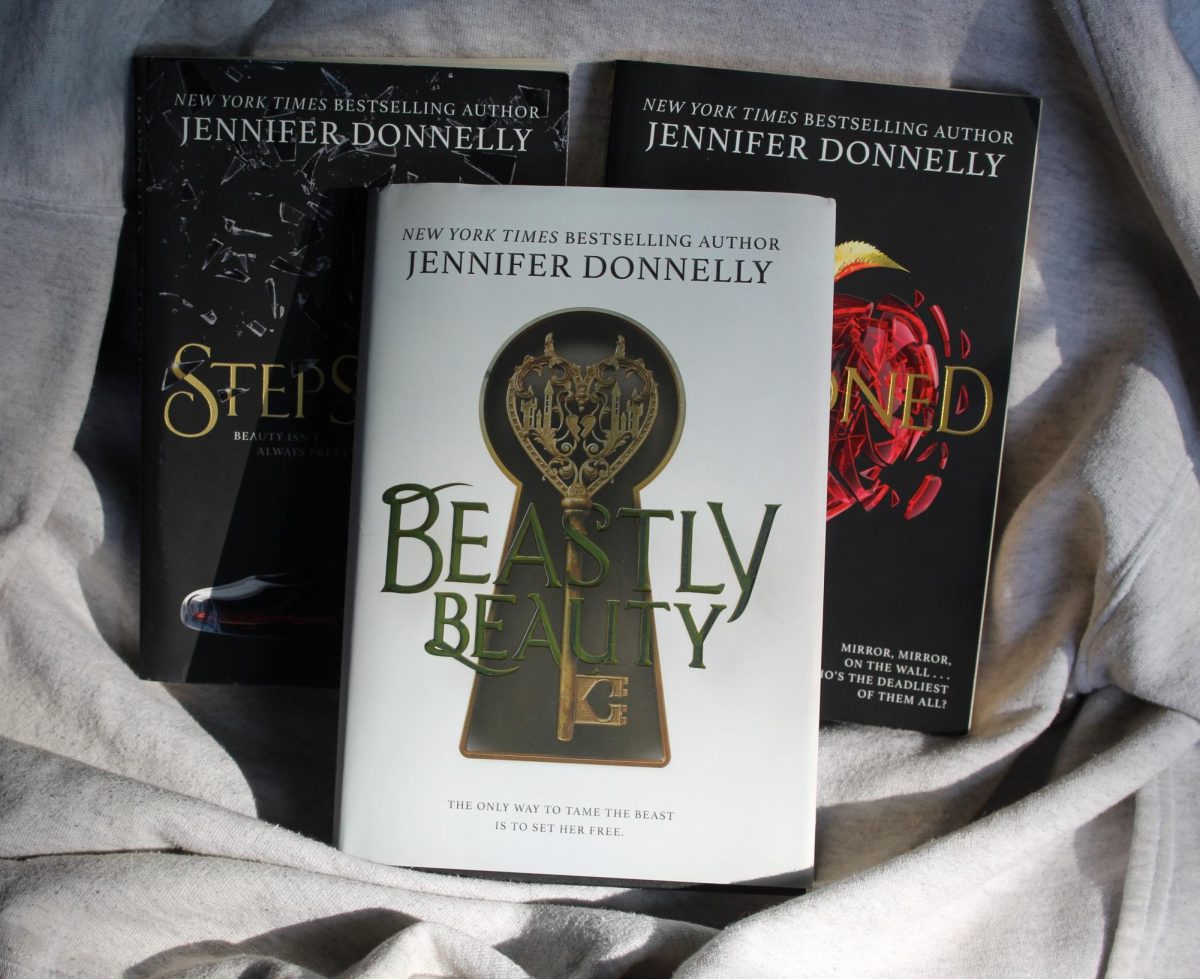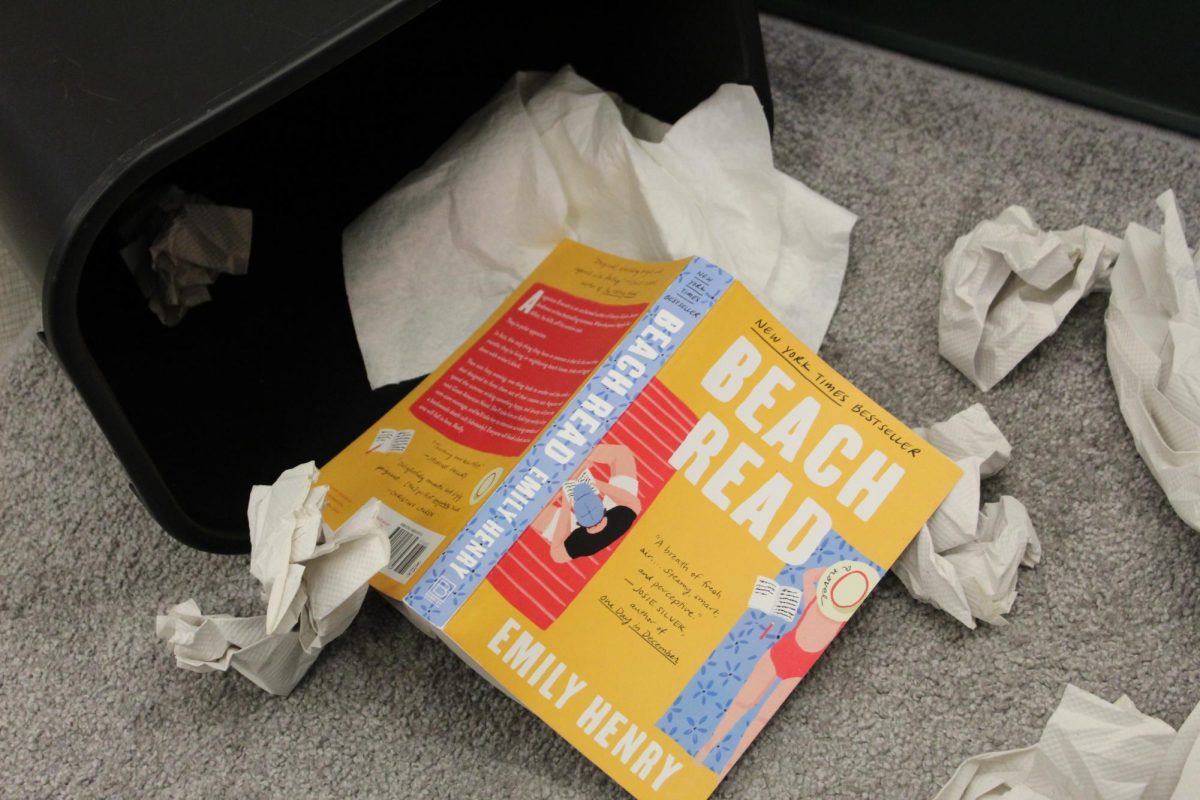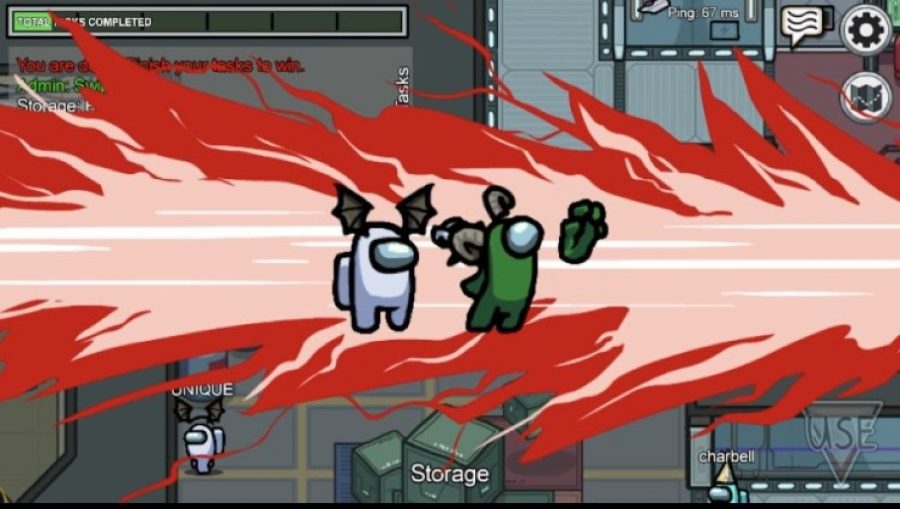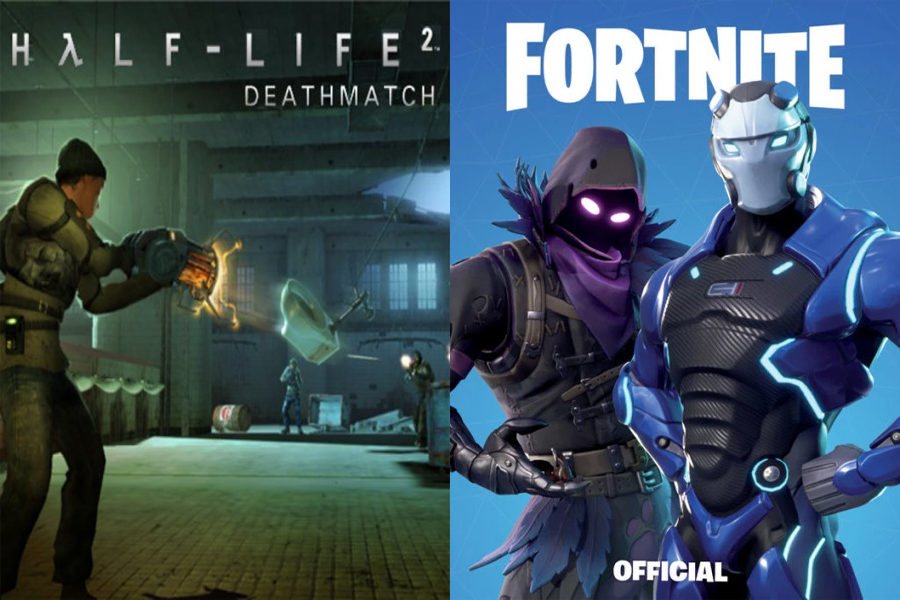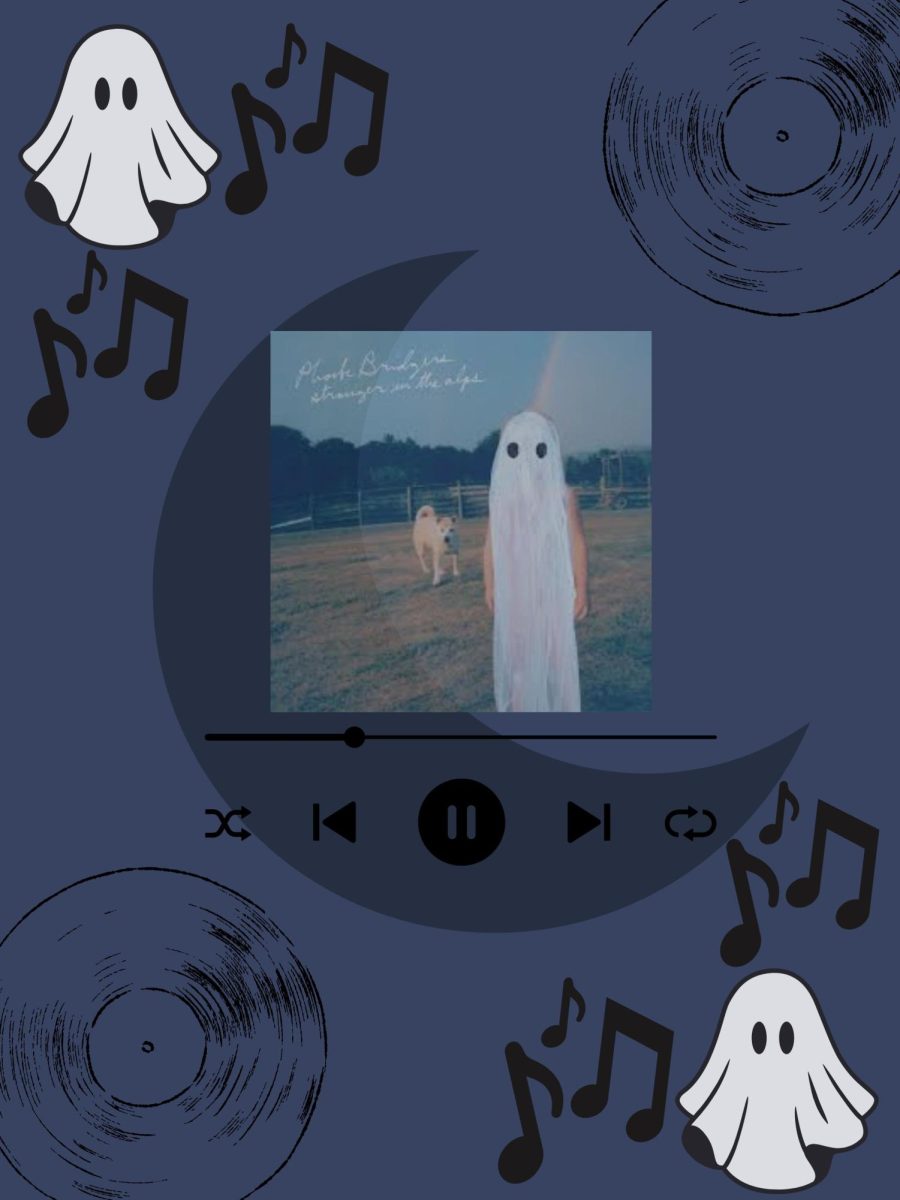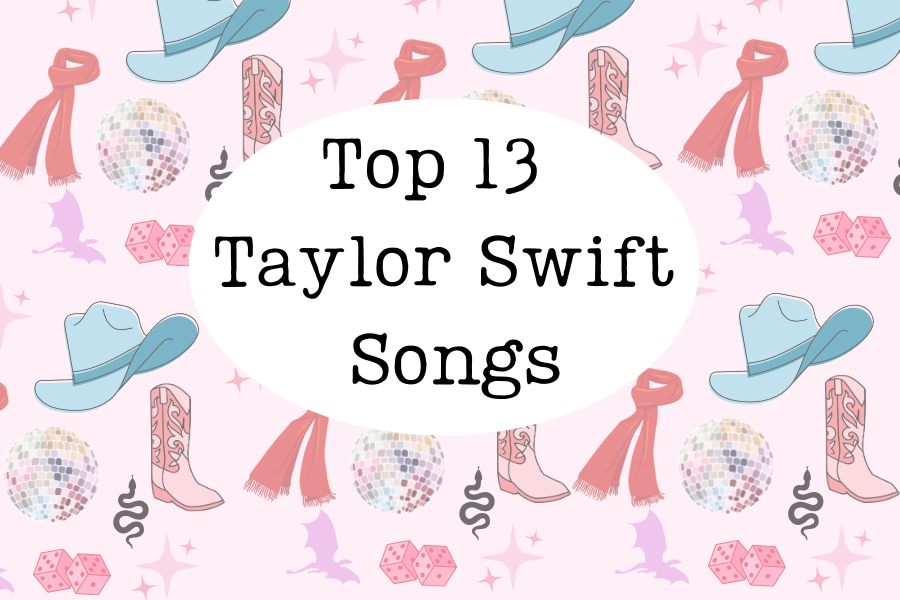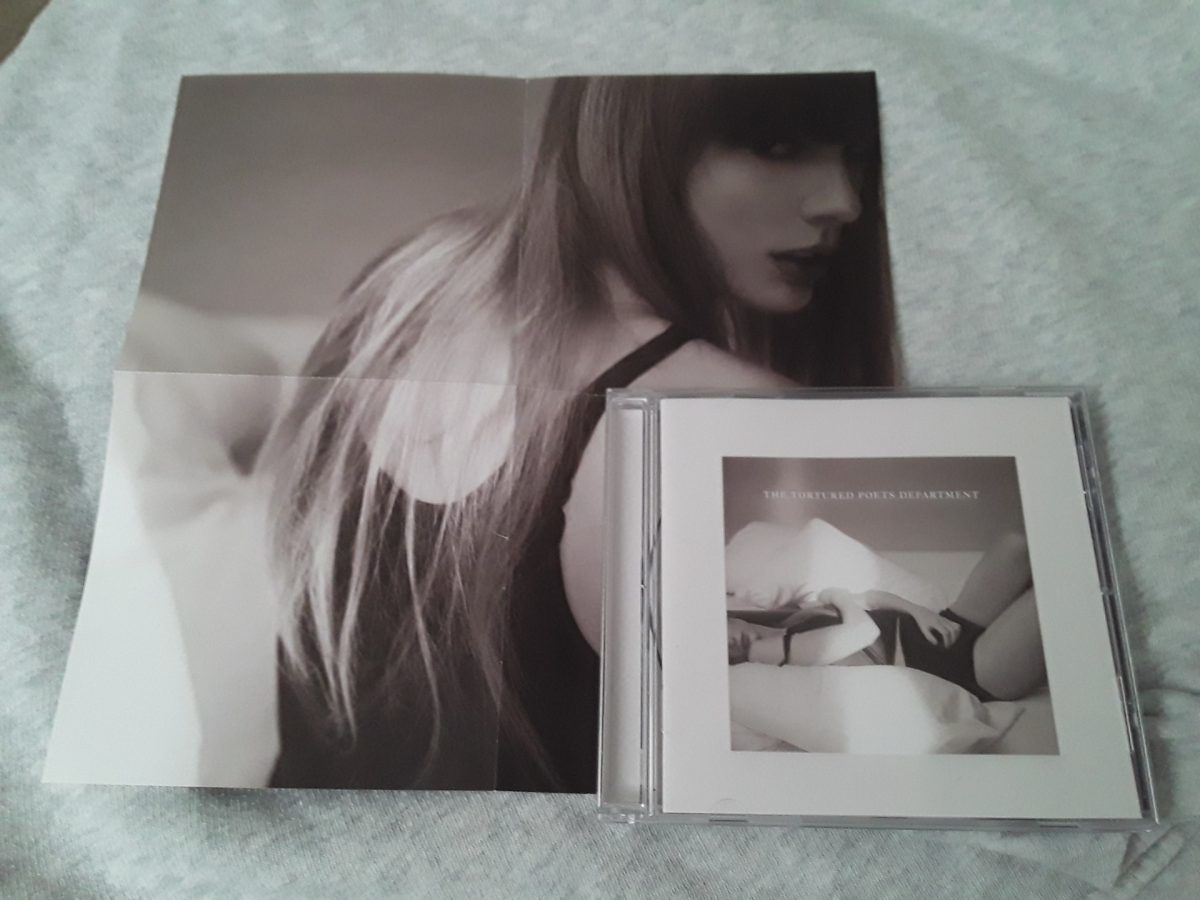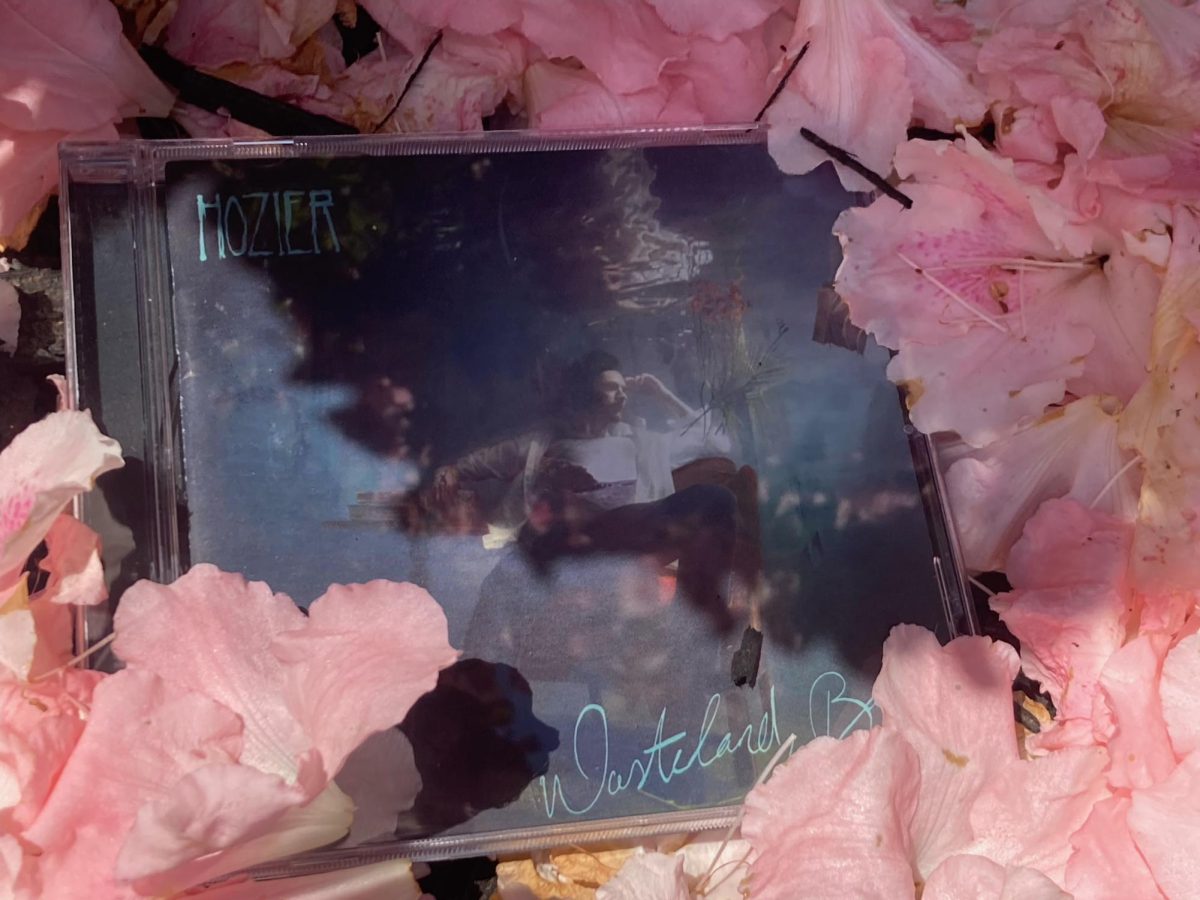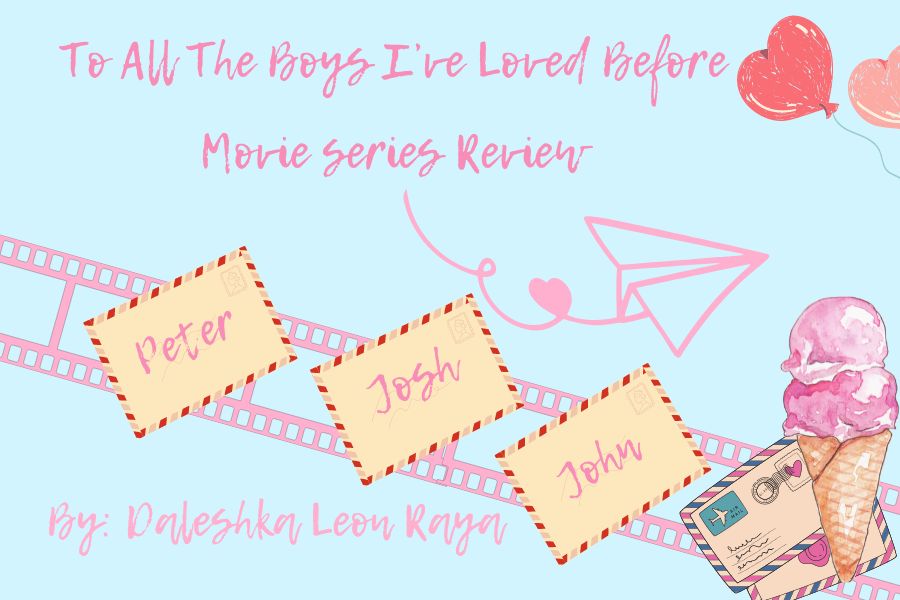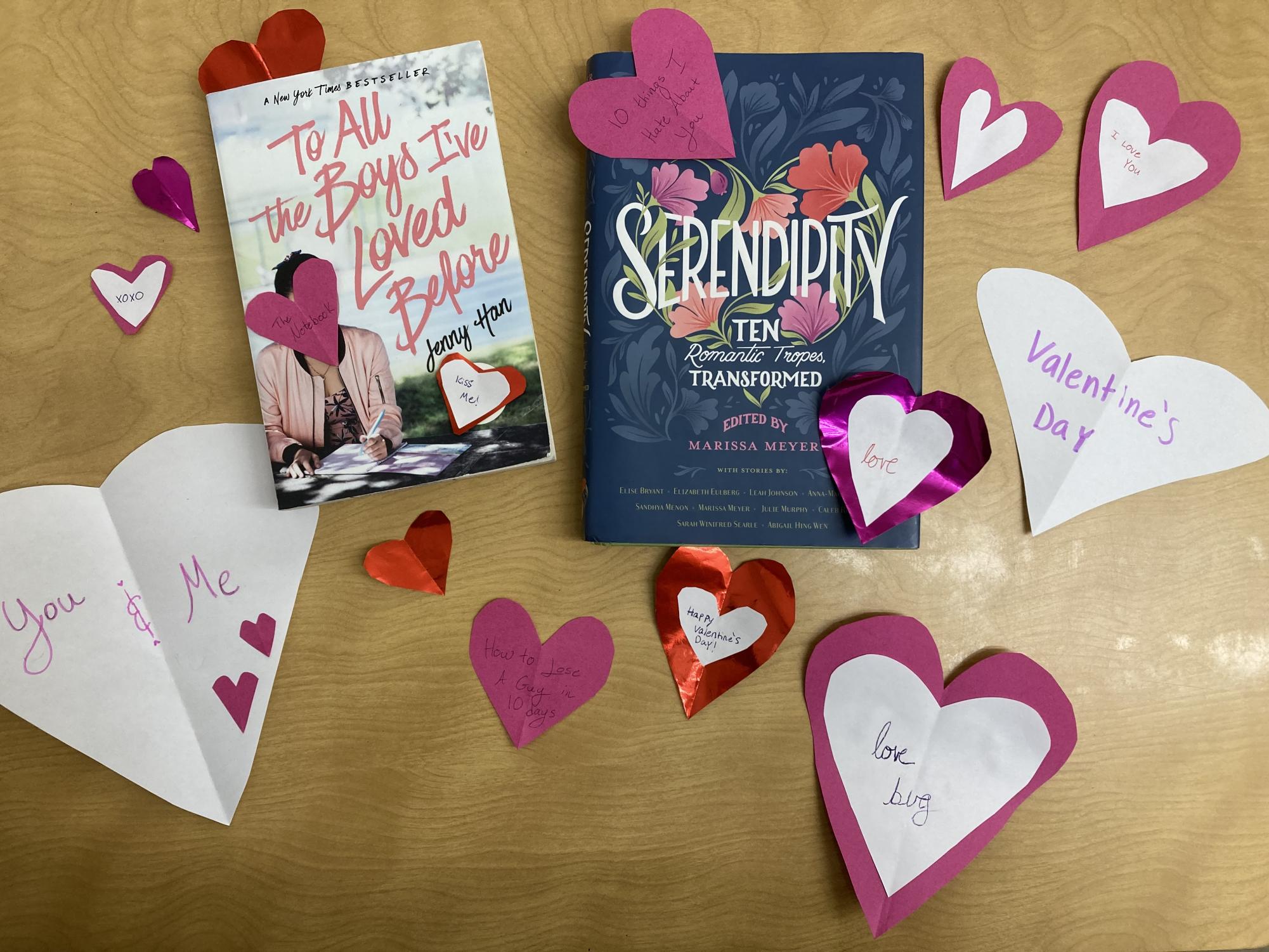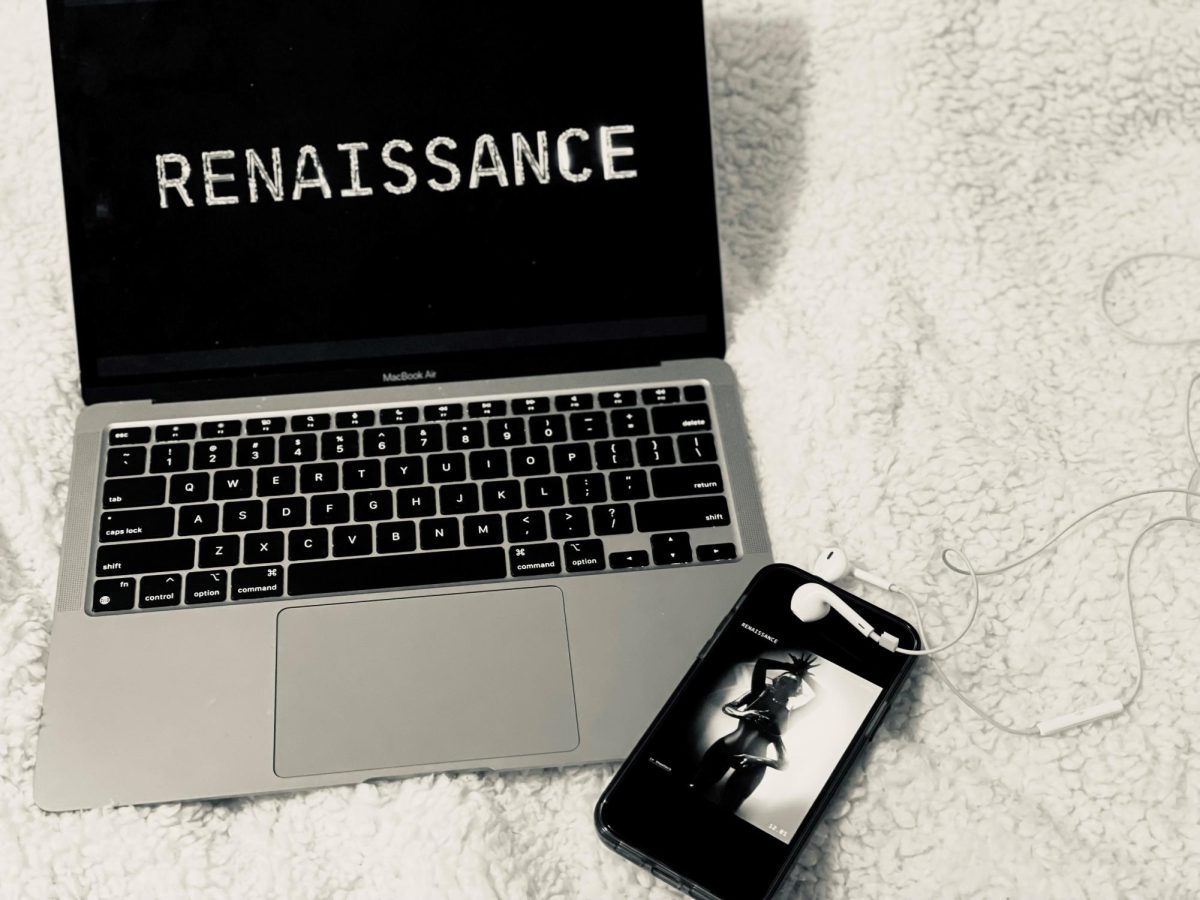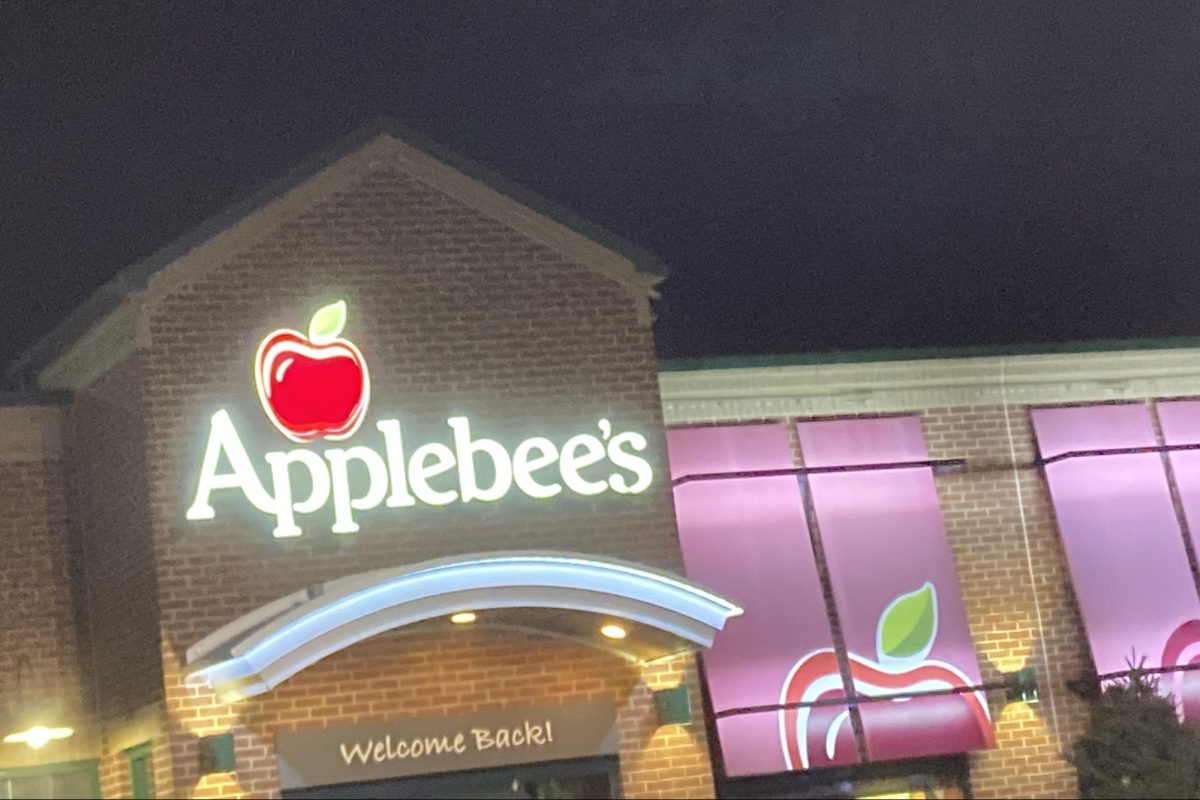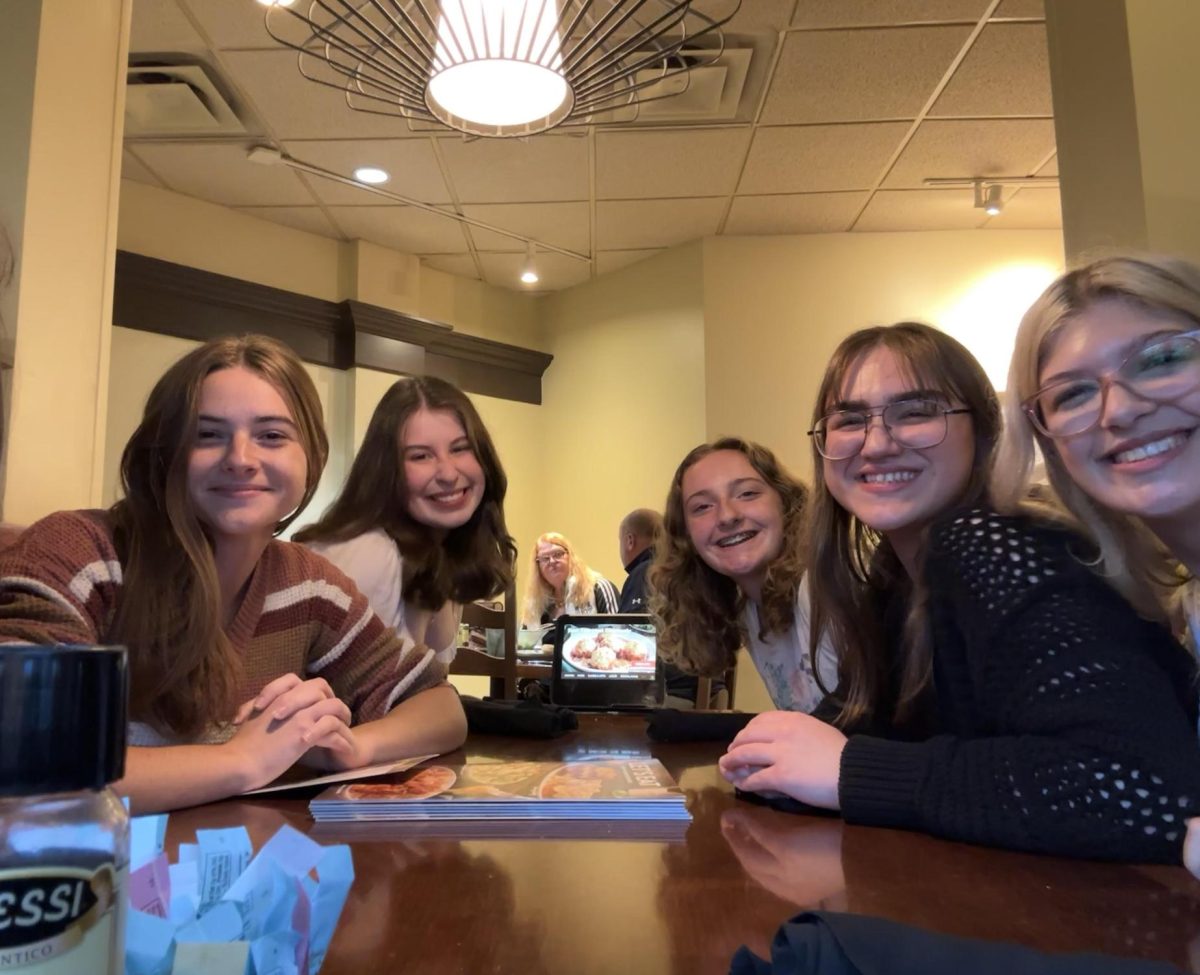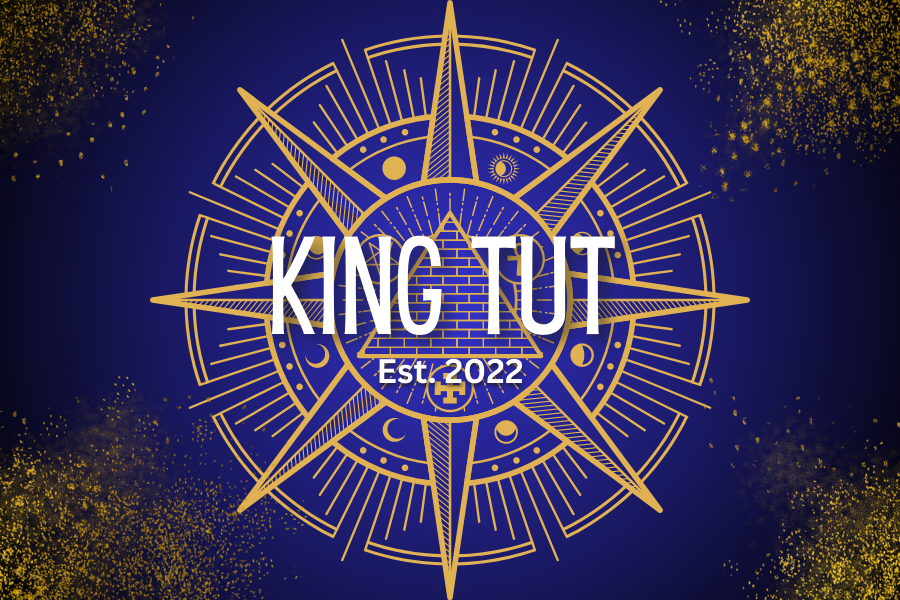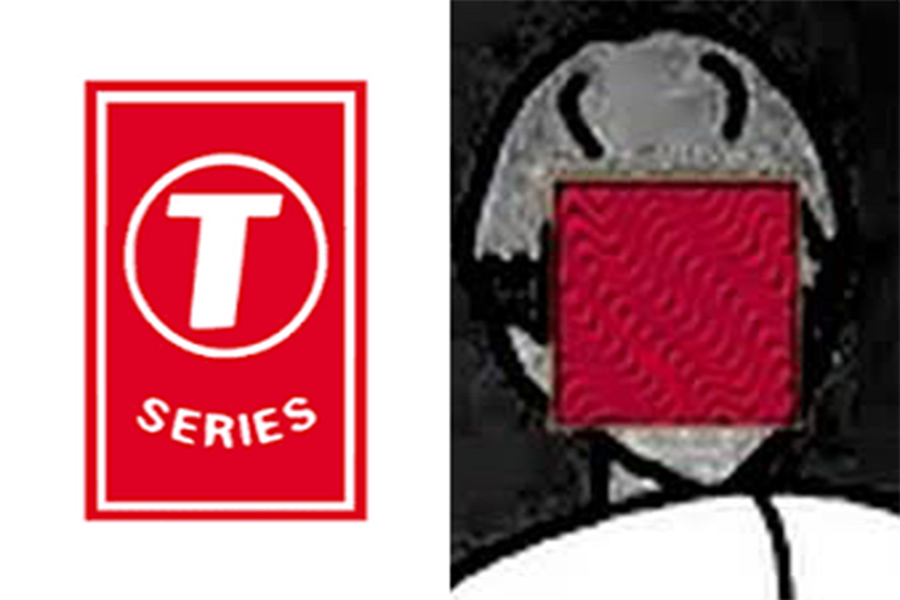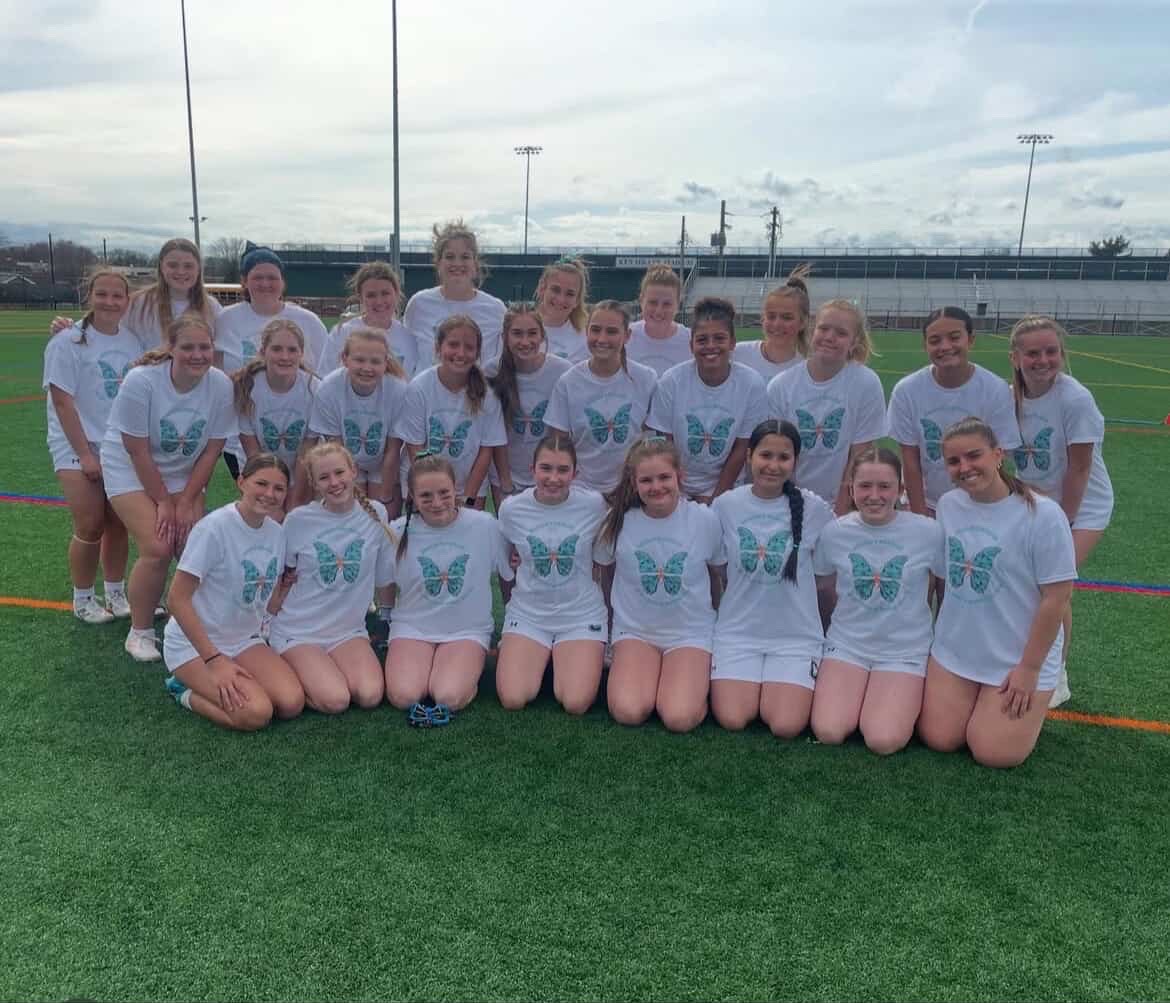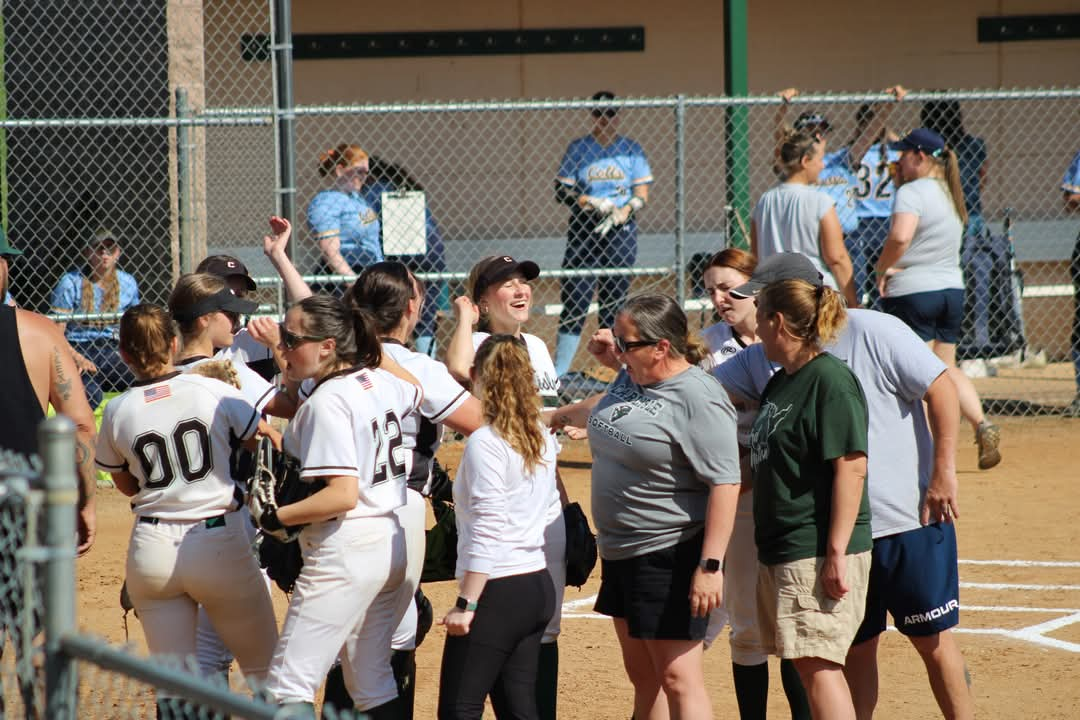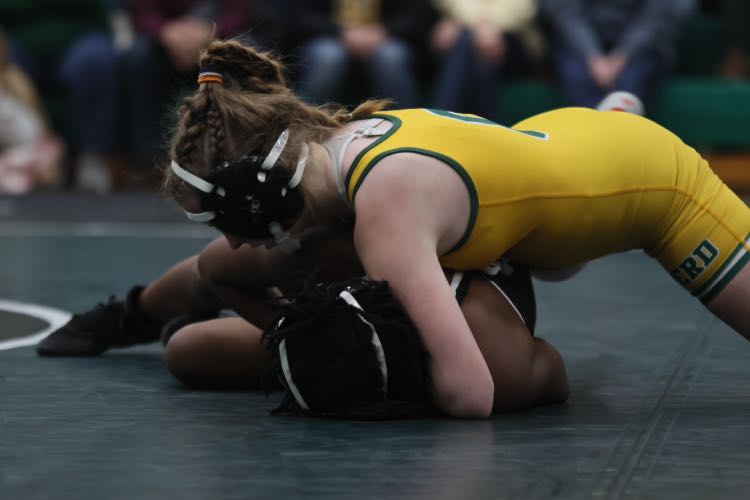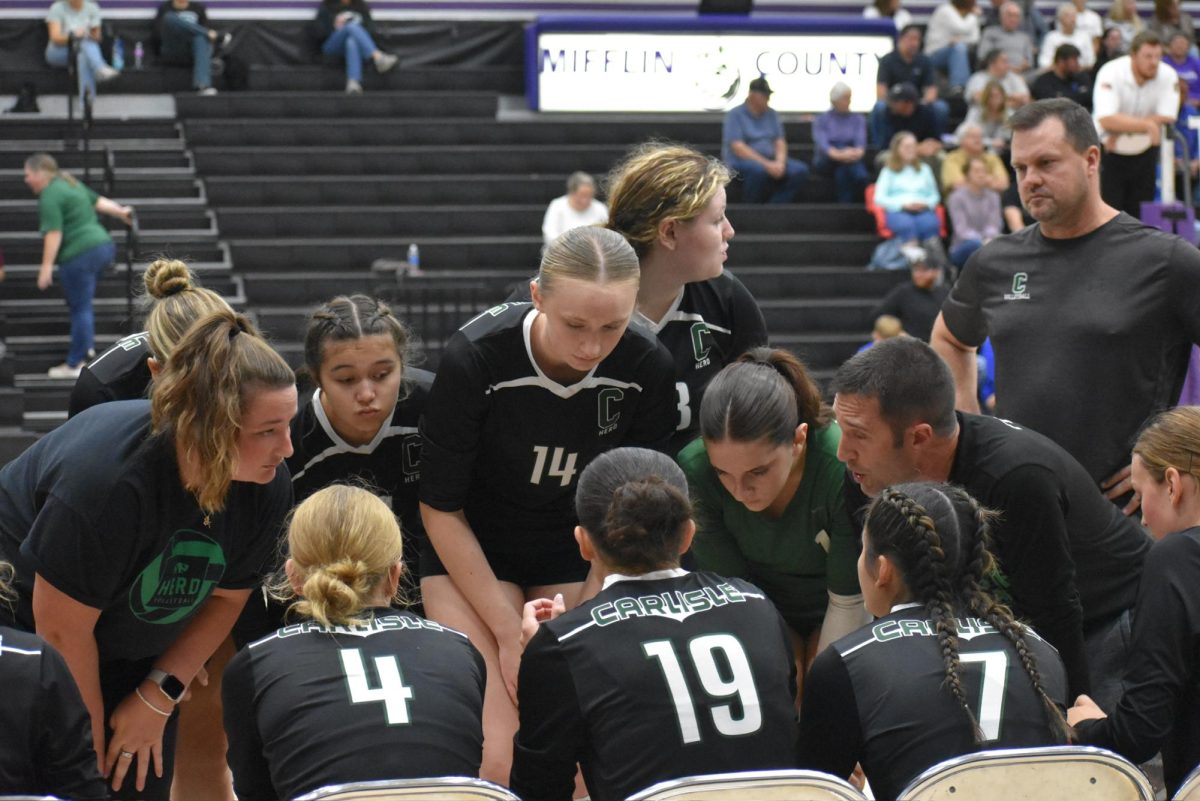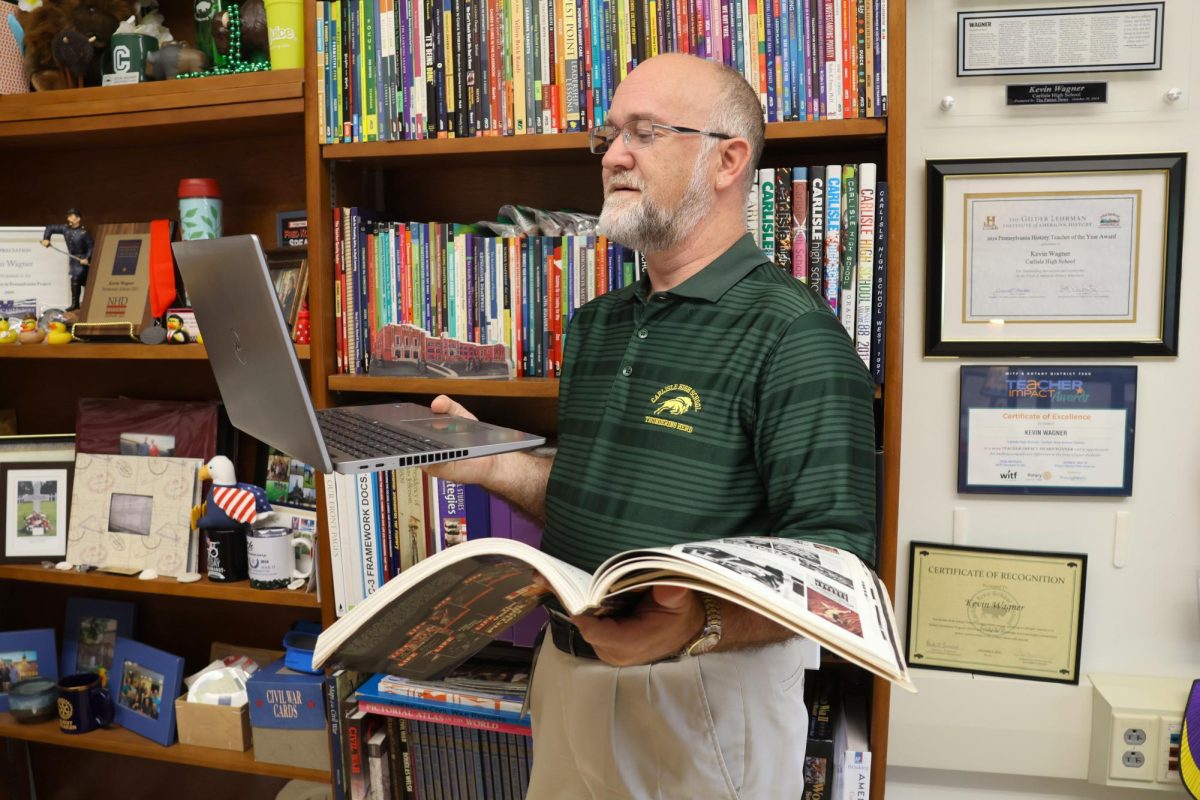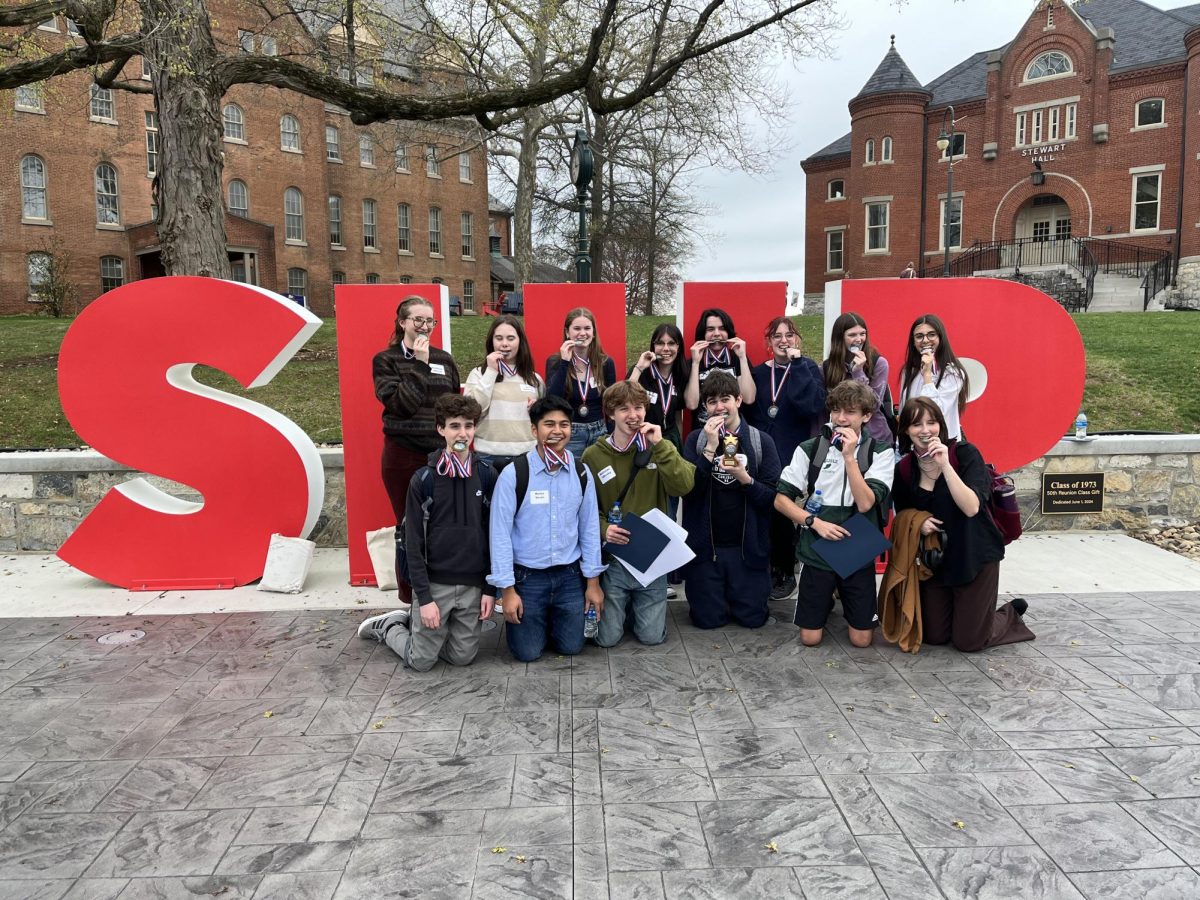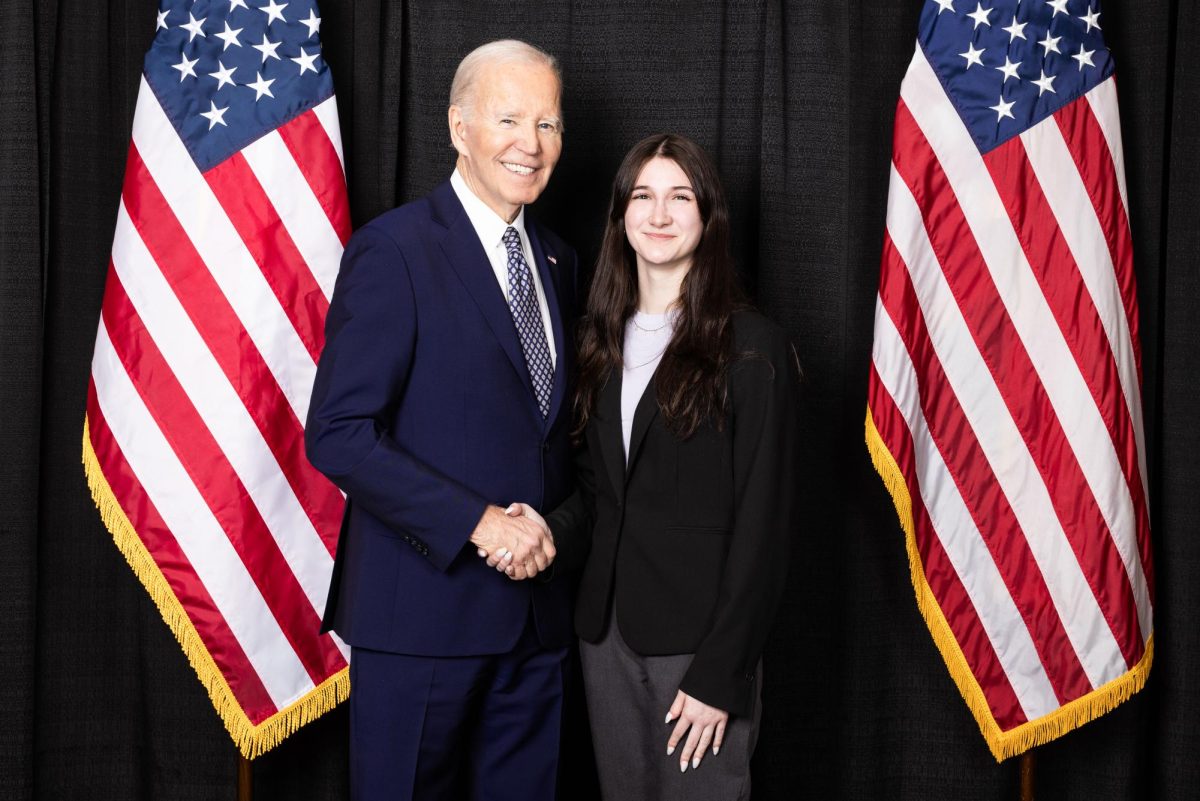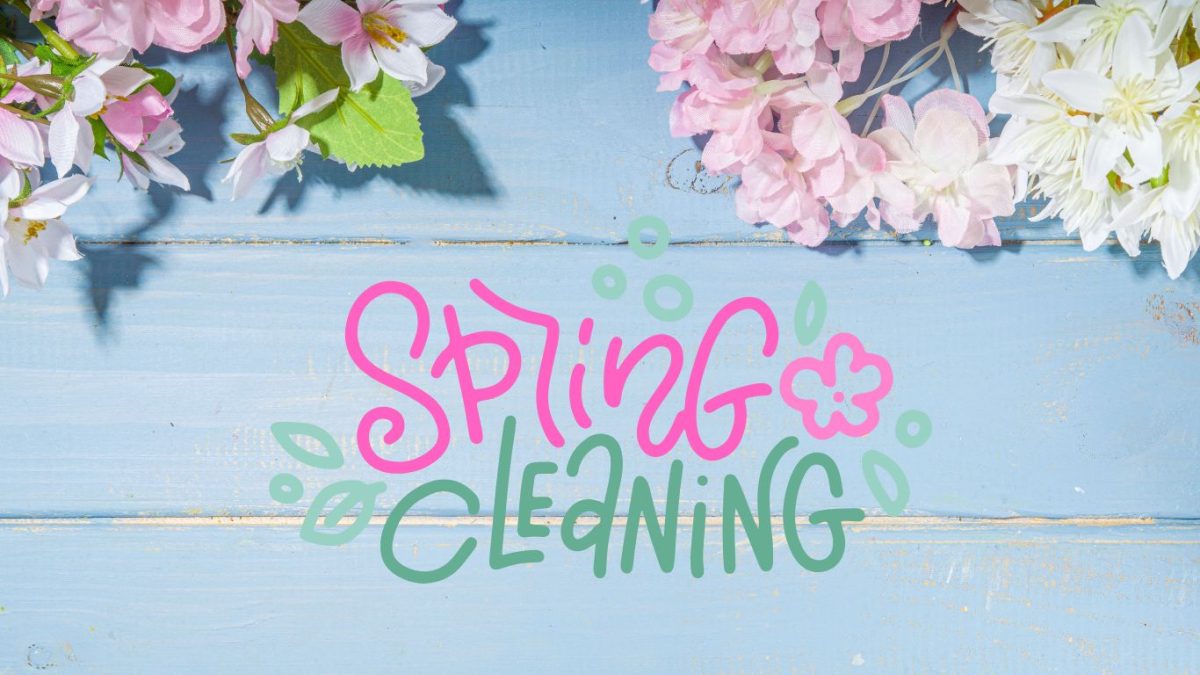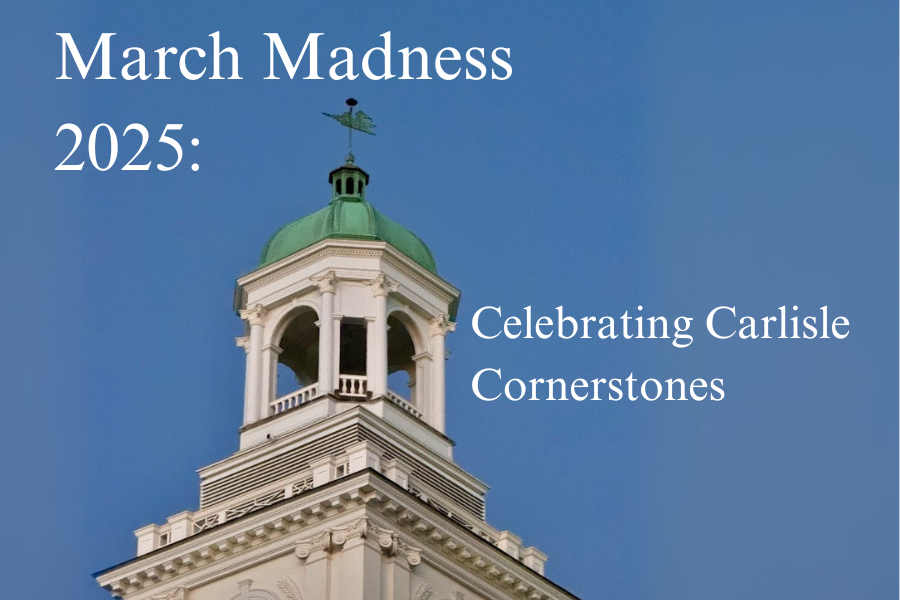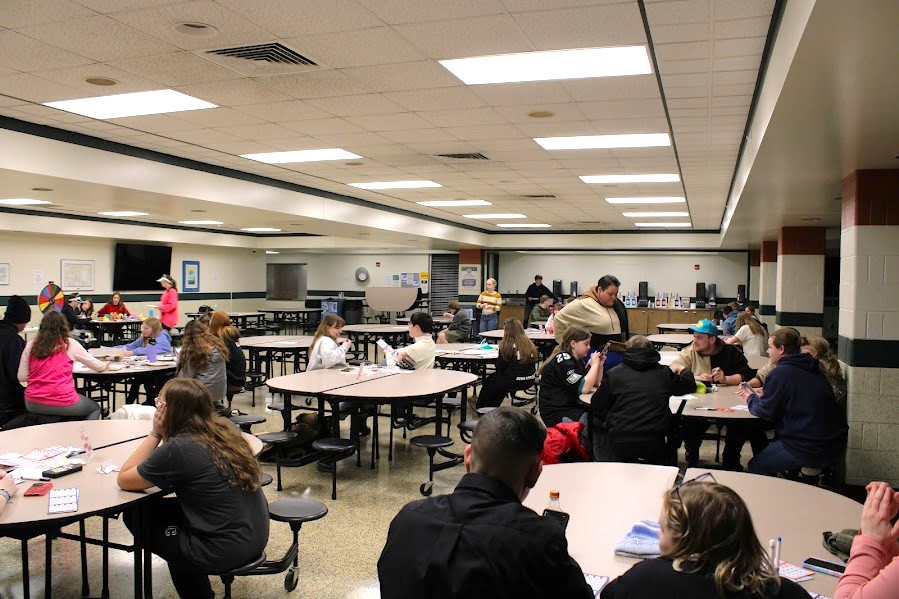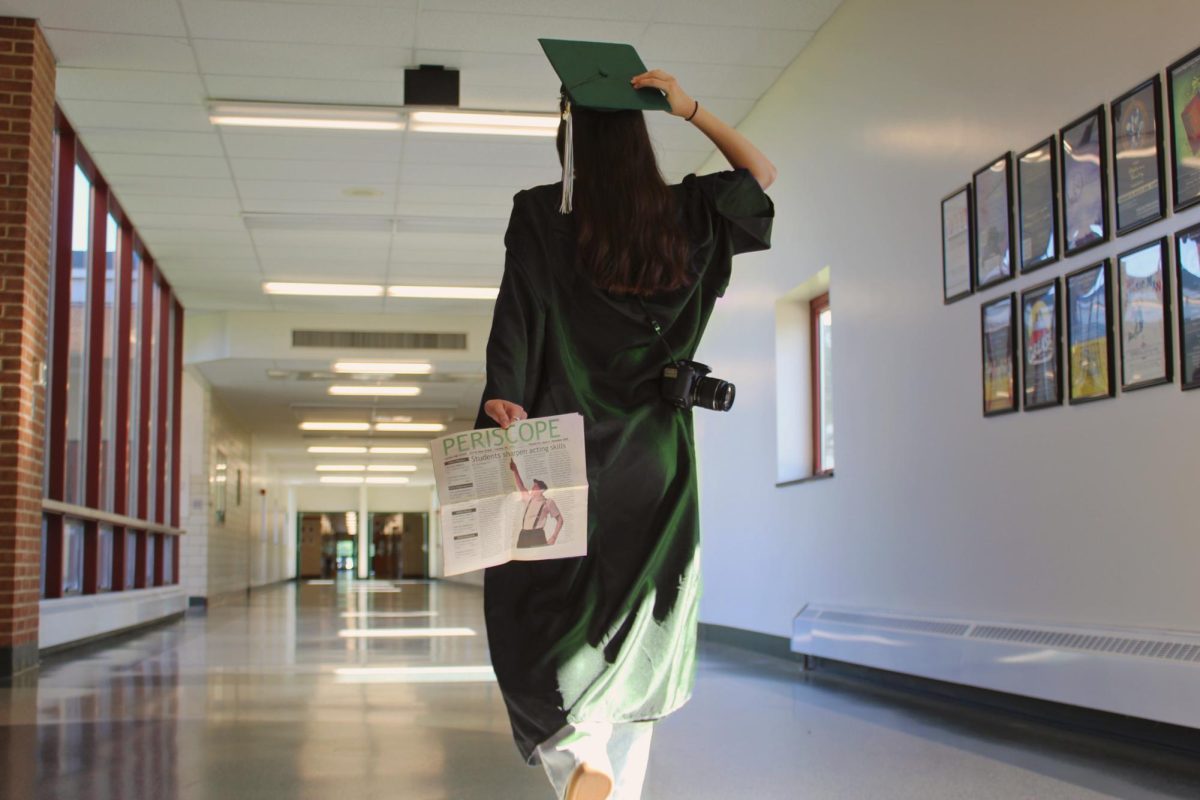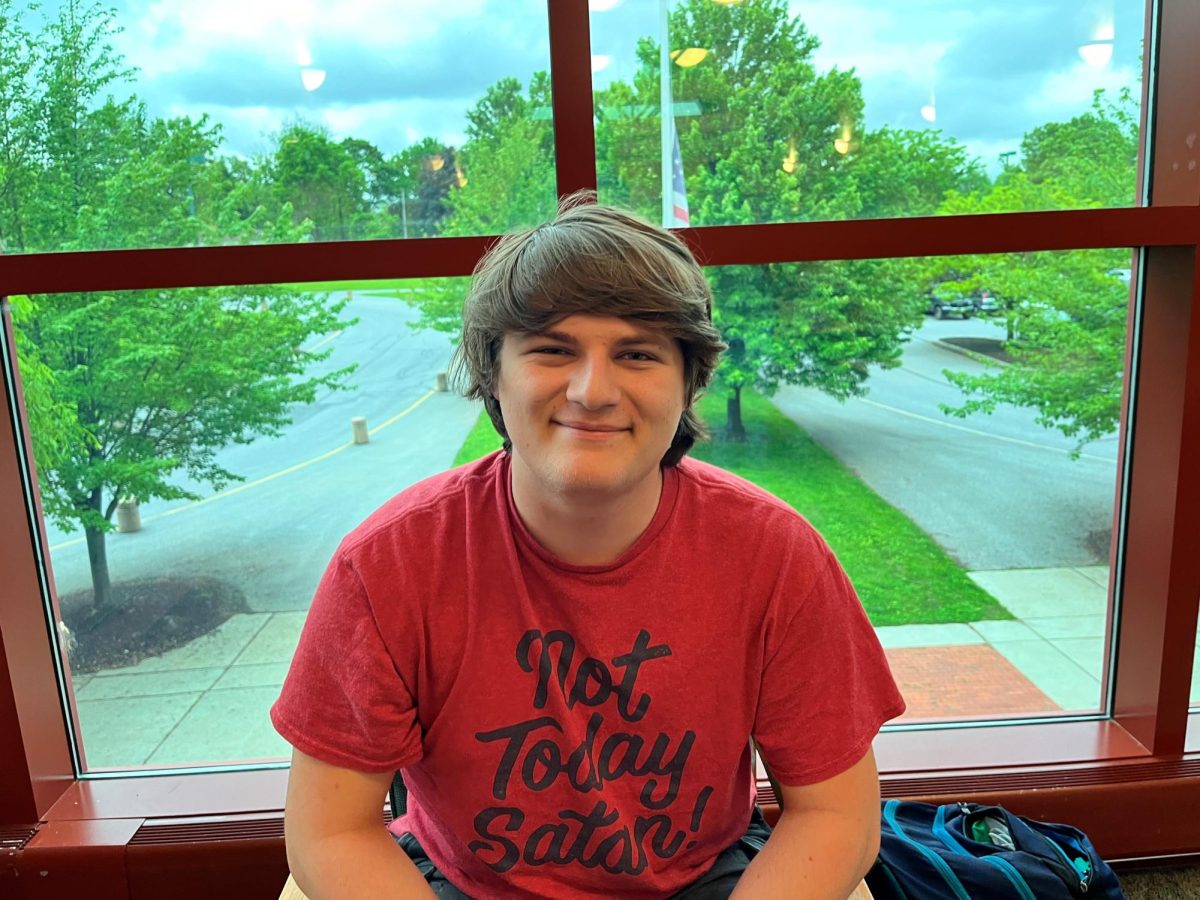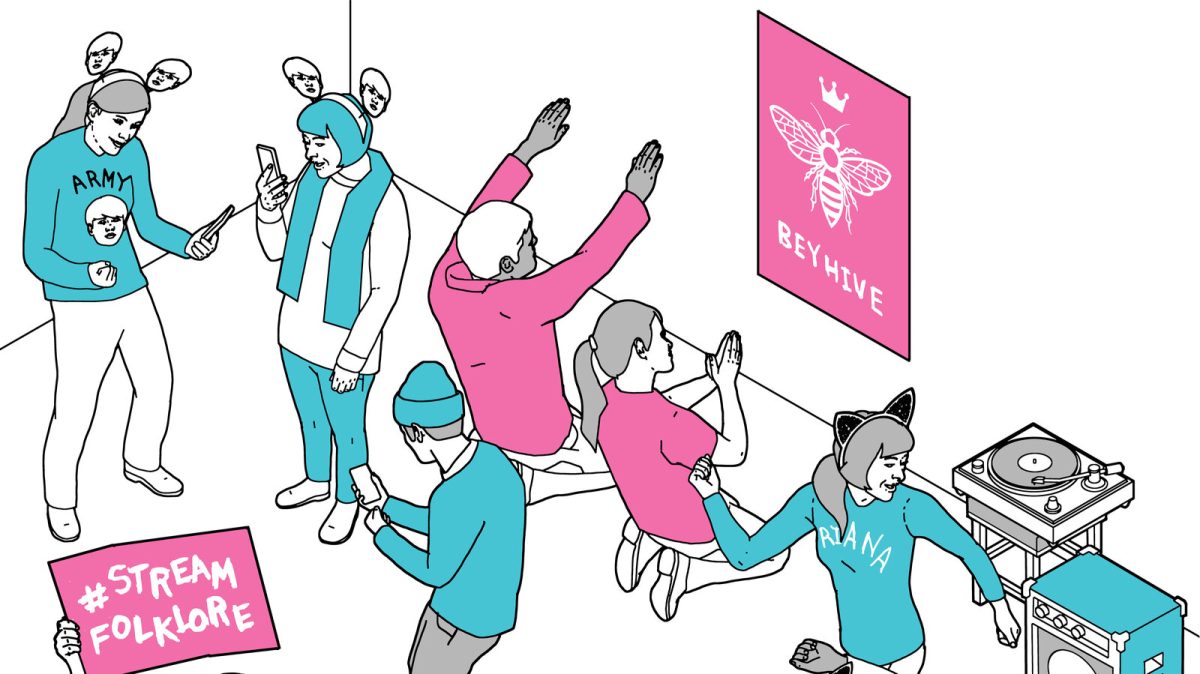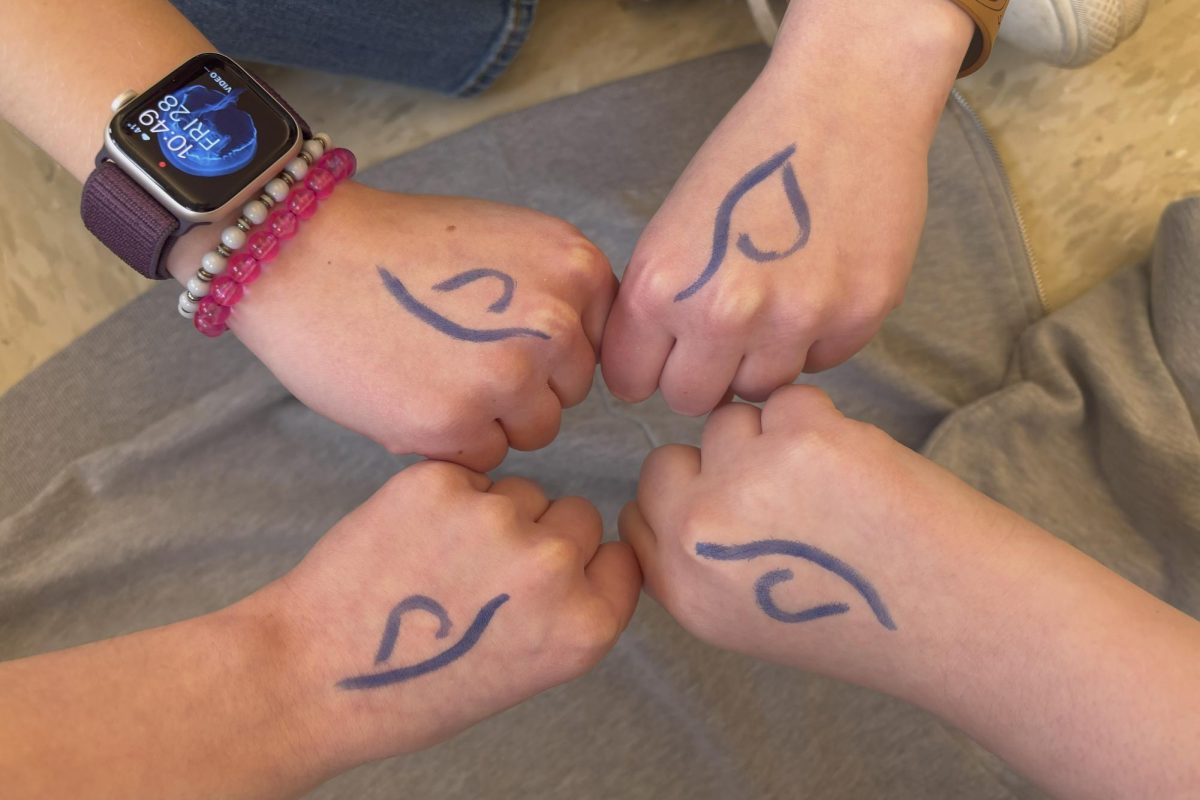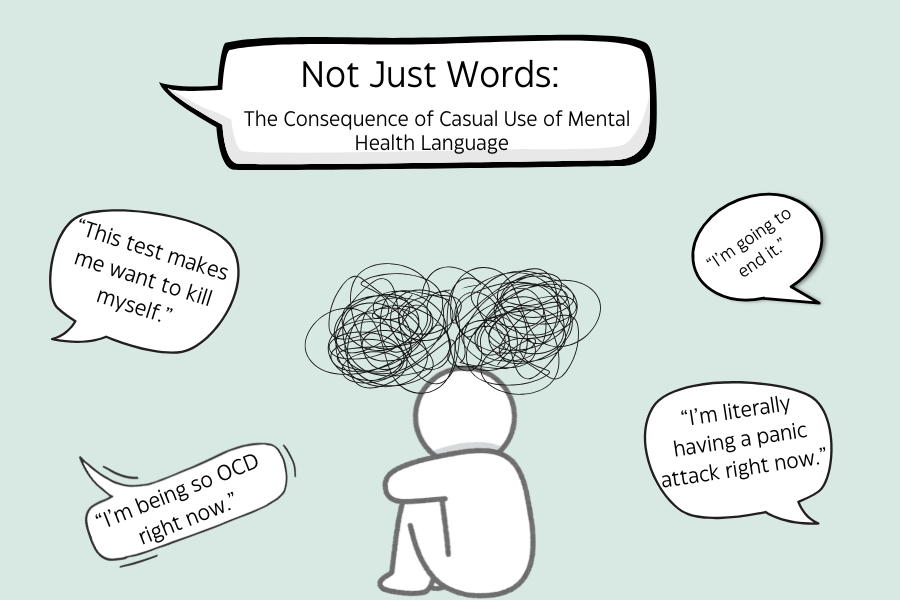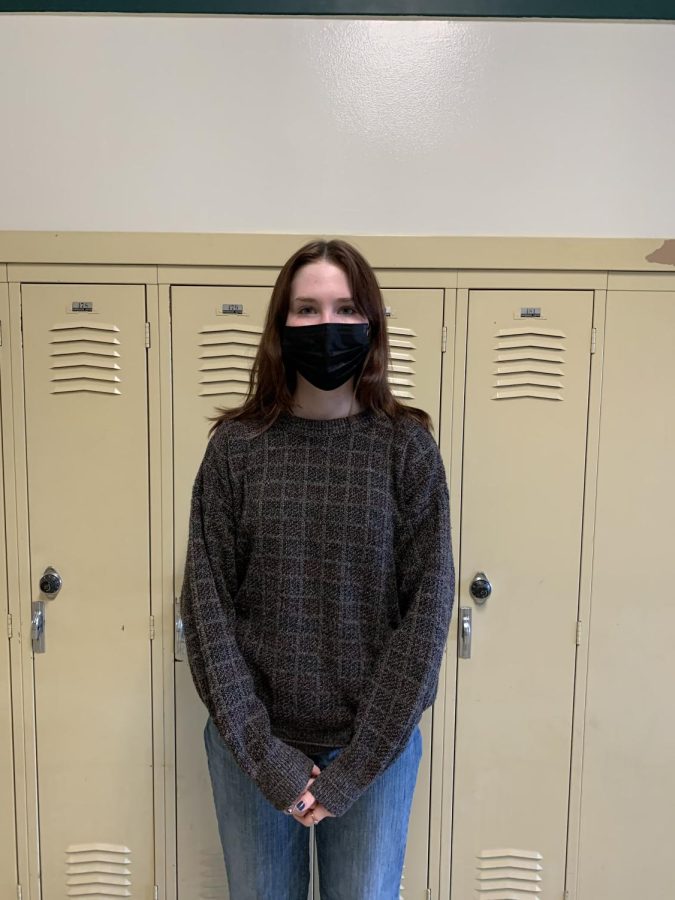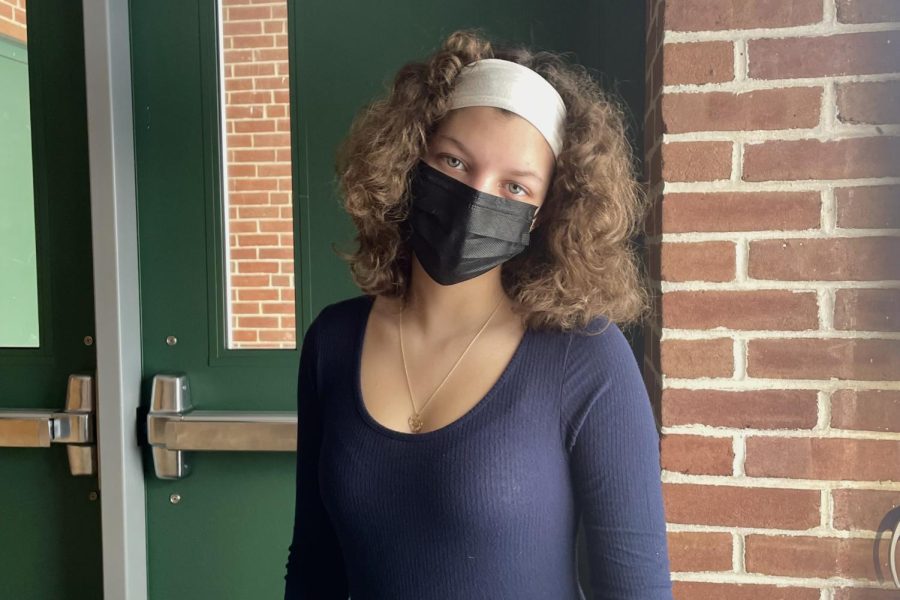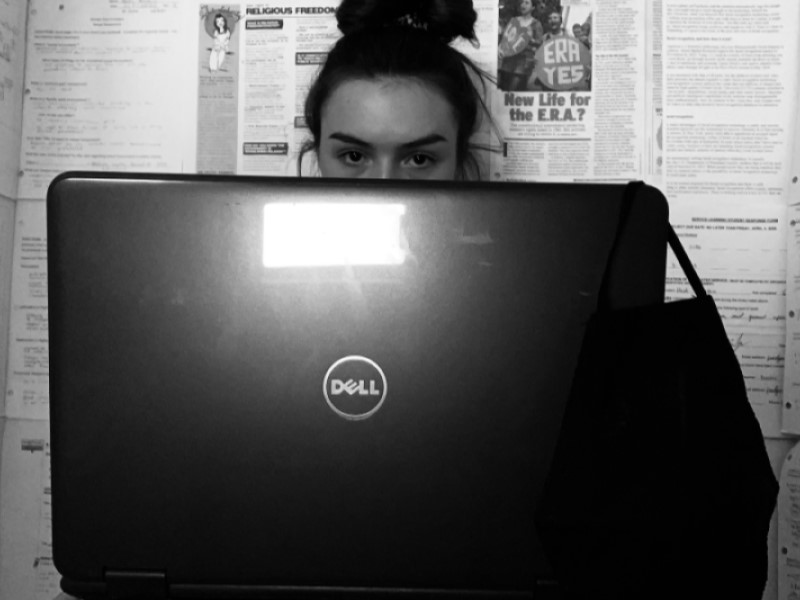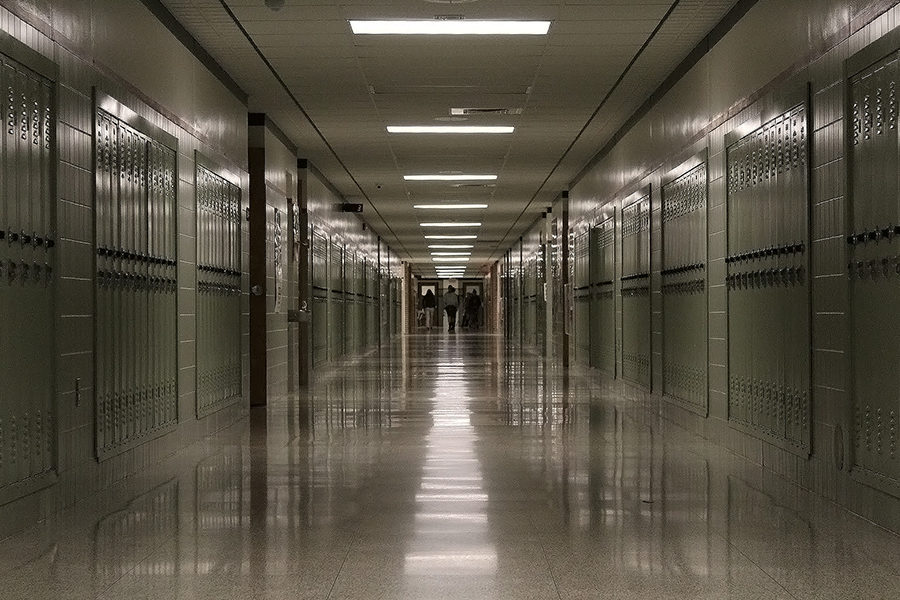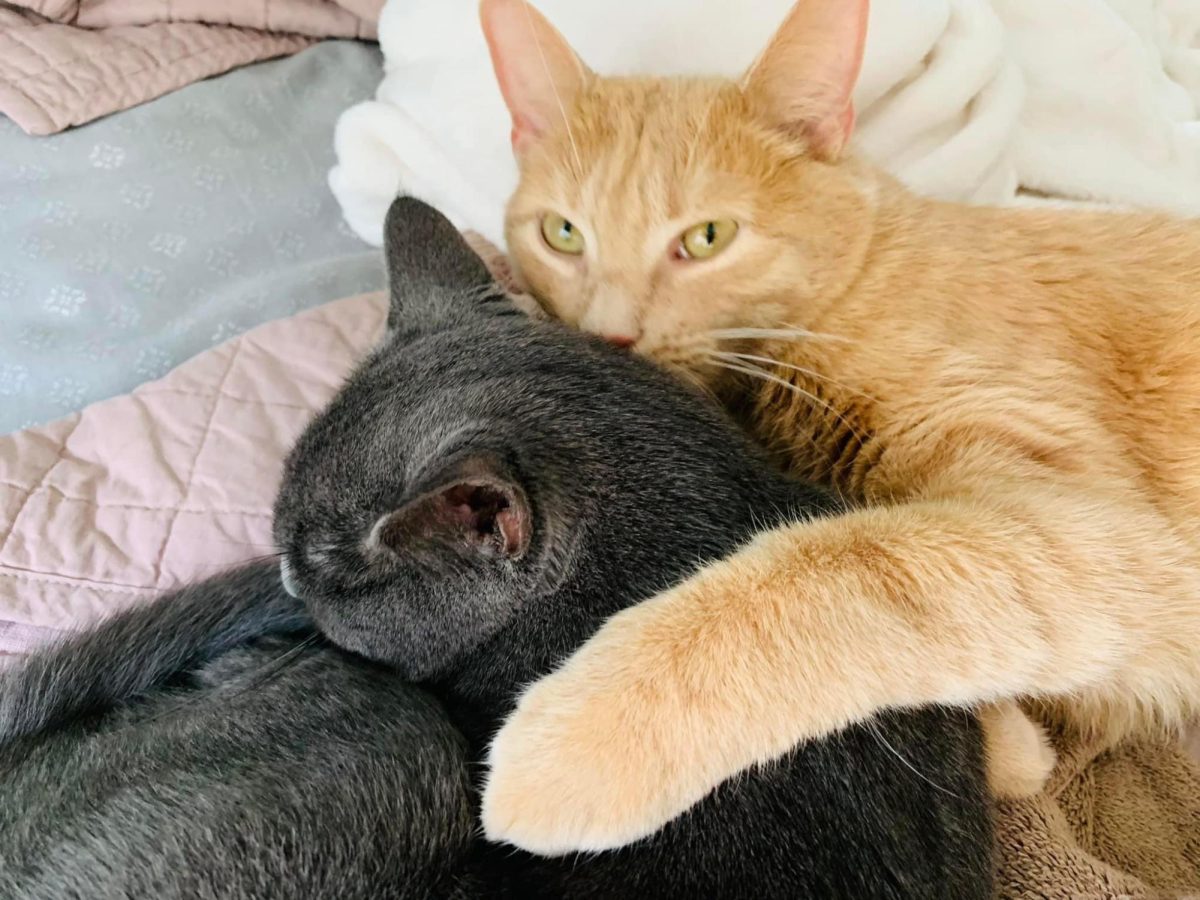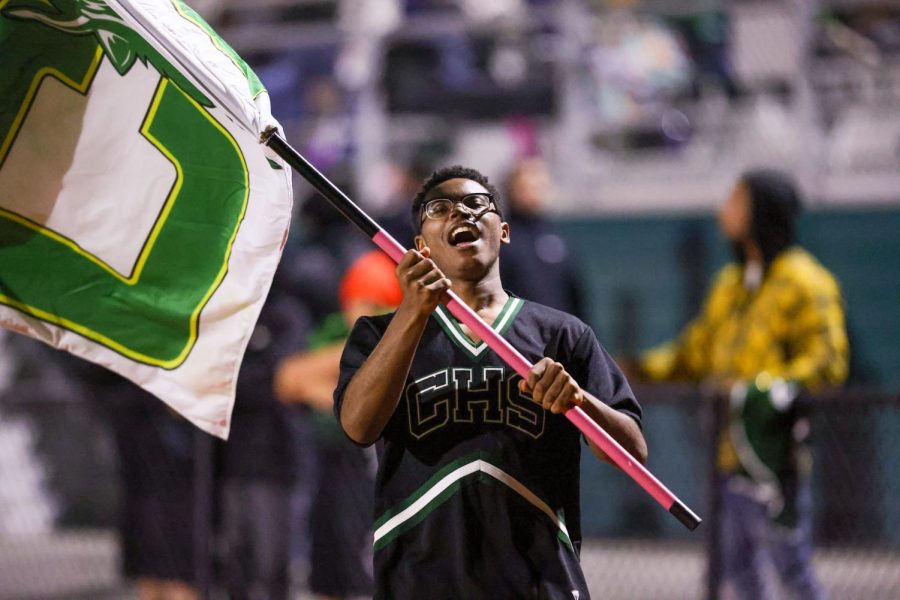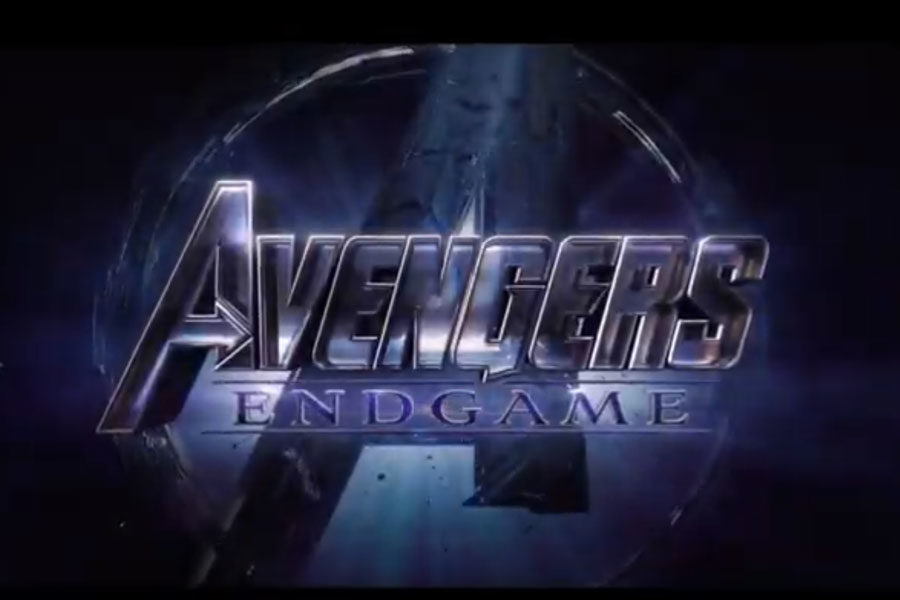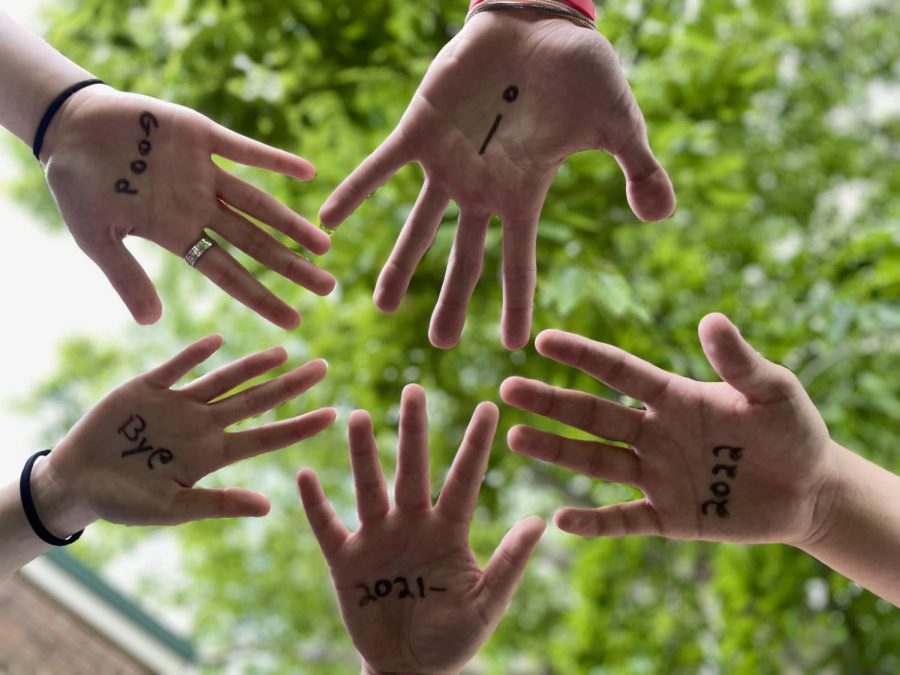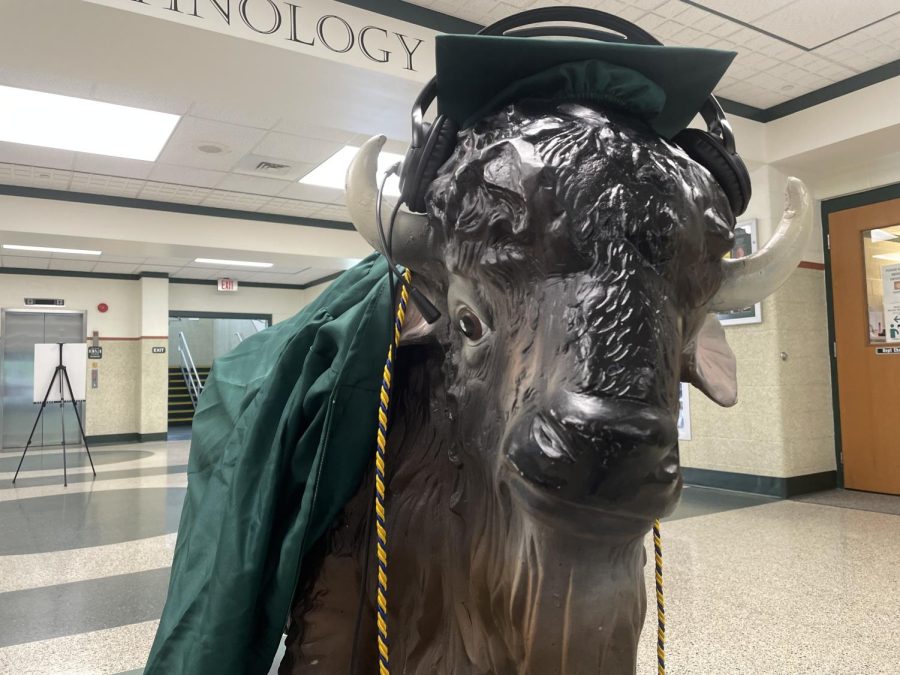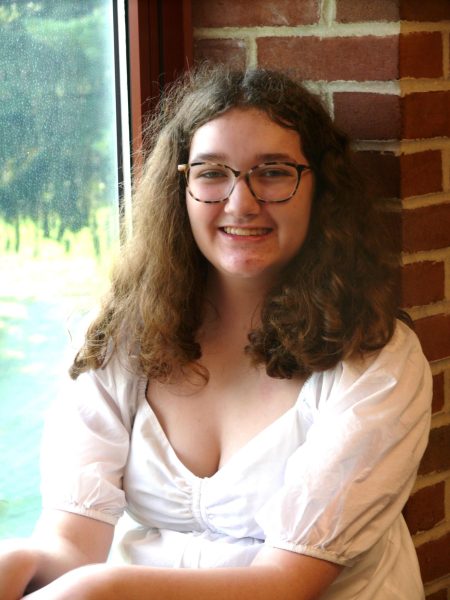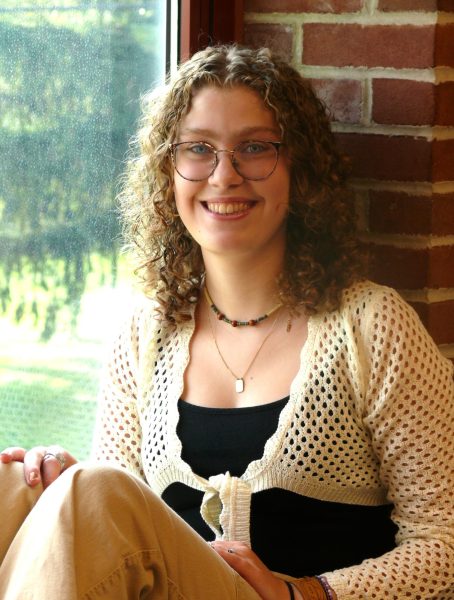With so many stories, both in books and film, it’s guaranteed that some of the same plot points will repeat, but when a certain event, theme, or relationship becomes so apparent across genres and media styles, it becomes known as a trope or cliche. Every story has some, but not all of them are good, so together Periscope writers Sophie, Bailey, and Laura have worked together to rank ten that will automatically get audiences hooked on a story, and five to avoid at all costs.
Terrific Tropes: Ones we love
- Lovers to Enemies
Examples: Only Murders in the Building directed by John Hoffman, New Girl by Jesse Q. Sutanto
Bailey’s Thoughts: While most of these tropes typically end with two lovers united, the lovers-to-enemies trope replaces the happy relationship with betrayal. The defining trait of a villain romance is the reveal that the person the hero has been swooning over the whole plot is the same person they’ve been working against without realizing it. This trope is especially good when found in mystery stories, such as Only Murders in the Building, where they search for the killer only to find it was right under their nose.
- Feminist Retelling
Examples: Circe by Madeline Miller, Beastly Beauty by Jennifer Donnelly, Psyche and Eros by Luna MacNamara
Sophie’s Thoughts: The trope of the feminist retelling gives voice to the women of stories who often have been reduced to simple archetypes. Whether this be retellings of Greek myths, classic fairy tales, or other works of literature (such as Shakespeare’s plays), this trope adds more depth and complexity to women and gives us an insight into their thoughts. Furthermore, these stories let women become active players in their reality instead of being passive side characters whose lives are entirely dictated by others.
- Matchmaker
Examples: To All the Boys I’ve Loved Before by Jenny Han, Emma by Jane Austen, The Half of It directed by Alice Wu
Bailey’s Thoughts: In eighth place is the matchmaker, a trope where someone seeks the assistance of another to win the affection of their crush, only to inevitably fall in love with the helper. While somewhat predictable, the matchmaker is a cute and simple trope most employed in YA romance novels, and best if you want a cheerful read to get you in a good mood. A highlight is how it displays the enticing elements of other popular tropes, such as the anticipation of a slow burn, and can be incorporated with others like in the popular novel turned to film To All the Boys I Loved Before in which the main characters Laura-Jean and Peter use fake dating to catch the eye of his ex-girlfriend, Gen.
- Secret Identity
Examples: Renegades by Marissa Meyer, Red Queen by Victoria Aveyard, Miraculous directed by Thomas Astruc
Laura’s thoughts: Secret identity never fails to complicate a relationship, because a character will lie to their partner about a whole section of their life. While usually prominent in fantasy or action, secret identity can be woven in hundreds of ways: two people who are in love in school but sworn enemies as superheroes, a prince meeting a poor citizen as he pretends he is one of them, and sometimes it can even create a love square like in the kids show Miraculous. I love the secret identity trope because even though at first they hid parts of their life, they usually learn to love their partner completely, even the previously secret part, as the story builds to a climax.
- Enemies to Lovers
Examples: Never Have I Ever directed by Kabir Akhtar, Book Lovers by Emily Henry, The Betrayed by Kiera Cass
Sophie’s Thoughts: Enemies to Lovers is a classic trope where two people start off hating each other, but over time, their hatred turns to love. It often includes banter, which can range from direct insults to hilarious dialogues. This trope is great due to the reluctance of the characters to be around each other in the beginning, which turns to longing for the other and questioning their feelings for someone they thought they hated. It also embeds other tropes such as slow burn and forced proximity.
- Taking Care of an Injured/Sick Partner
Examples: The One by Kiera Cass, The Hunger Games by Suzanne Collins
Sophie’s Thoughts: Whilst a minor trope, taking care of an injured or sick partner is an excellent one. These scenes are full of tenderness as one character patches the other up. It also acts as a major milestone and turning point in relationships, making one character realize how much the other one means to them and therefore acting as a catalyst to furthering or officially beginning the relationship.
- Unknown Endings
Examples: A Series of Unfortunate Events by Lemony Snicket, Memento directed by Christopher Nolan
Laura’s Thoughts: Unknown endings are probably one of the most controversial tropes because they can so often lead audiences to feeling frustrated. Other people, including ourselves, love the challenge of trying to figure out how the story actually ended. It can spark great debates across the globe as people bring different clues and meanings that the author might have included to show what truly happens at the end of the story.
- Slow-Burn
Examples: Percy Jackson by Rick Riordan, Realm Breaker by Victoria Aveyard, Portrait of a Lady on Fire directed by Céline Sciamma
Laura’s Thoughts: Sometimes, it’s agonizing when it takes an entire book or movie for characters to get together, but the wait is always worth it with a good slow-burn story. Slow-burn, the opposite of love at first sight, leaves audiences anxiously waiting for character interactions and celebrating when they accidentally brush hands. Slow-burn always gets people super invested in the story and guarantees to leave you waiting on bated breath.
- Friends to Lovers
Examples: The Dictionary of Lost Words by Pip Williams, Solar Storms by Linda Hogan
Sophie’s Thoughts: Friends to lovers is an amazing trope. It lends itself great to slow burn but makes it even better as the characters already have things in common and know each other well. This trope is great for its sweet moments of affection between friends that border on the platonic line, as well as pining for the other and deep conversations, often about love and what they want from it.
- Found Family
Examples: Six of Crows by Leigh Bardugo, Lunar Chronicles by Marissa Meyer, The Gilded Wolves by Roshani Chokshi
Laura’s Thoughts: Some people joke that the found family trope is more like the forged family trope, which is often why it’s such an enjoyable read. Rather than focusing on romantic connections, the found family trope is when a group of unlikely people is forged together (usually under stressful circumstances) and becomes a sort of family, because often these characters don’t have a traditional family. Found family is so enjoyable because it often includes witty and sarcastic humor between the characters, strong dialogue, and a huge, diverse cast of characters. Found family is just a really cozy trope that leaves audiences feeling happier than before they started the story.
Conceited Cliches: Ones we hate
- One-Bed
Examples: Caraval by Stephanie Garber, Anna and the French Kiss by Stephanie Perkins
Bailey’s Thoughts: Though it can be done right, the one-bed trope is a cliche that exemplifies the sexual tension between two characters rather than an emotional connection that they share. Often, the one-bed trope portrays the main love interests forced to share a bed or some type of enclosed space, despite both showing complete disinterest. In the end, they become closer because of the experience, however, this isn’t an interesting way to advance the relationship between two characters.
- Stepsiblings/Adopted Siblings
Examples: Dig Two Graves by Gretchen McNeil, Frankenstein by Mary Shelley
Sophie’s Thoughts: This trope is a weird one. Either characters meet each other while in their teens or young adult years and fall for each other (the lesser of two evils) or they grow up together and fall in love despite being raised as siblings. Both of these tropes can be gross to read as they involve family members being in love with each other. Although it is technically not incestuous, it can often feel like it, especially if the characters were raised together. While not the worst trope, it definitely isn’t one that’s enjoyable to read.
- Pregnancy Trope
Examples: If He Had Been With Me by Laura Nowlin, Release by Lucy Christopher, A Vow so Bold and Deadly by Brigid Kemmerer
Laura’s Thoughts: Sometimes the pregnancy trope is needed for a story to continue, but usually it ends up being cliche, oversimplifying pregnancy, and lessening a female protagonist’s role. Especially in a fantasy story, a woman who had just been fighting enormous battles the day before suddenly wakes up feeling sick, and then all of a sudden, she is reliant completely on the other male characters, unable to have a personality or do anything, but all of a sudden she is a mother. The pregnancy trope can be unsettling for other reasons, but its biggest problem is how it alters and weakens female characters.
- Age Gap
Examples: Gossip Girl directed by Mark Piznarski, Buffy the Vampire Slayer directed by Joss Whedon, Twilight by Stephenie Meyer
Bailey’s Thoughts: One of the most messed up, the age gap trope encourages unhealthy views on age differences in relationships and often goes against laws while making it seem suitable. In many stories, such as Twilight and Buffy the Vampire Slayer, the main character is a young high school-aged girl who falls in love with a demon millions of years older than her, the age gap being so unfathomably large that it seems fantastical rather than creepy.
- Stalker
Examples: Haunting Adeline by H.D. Carlton, Pretty Little Liars directed by Norman Buckley
Bailey’s Thoughts: The stalker trope is a personal least favorite of mine, romanticizing predatory behavior and sexual harassment/assault. The stalker trope begins with someone, typically a man, falling for a girl who does not reciprocate his feelings. He then becomes obsessed, stalking her and going against many laws while trying to force her into a relationship with him despite her consistent nonconsent. Eventually, the girl finds these disgusting acts charming and begins a relationship with the stalker, writing his behavior off as romantic. While these plots are only fiction, the books and TV shows can inspire real-life scenarios where someone idealizes these actions and misinterprets them as a healthy way to attract someone. Along with this, many young girls who read these will believe that this is how a partner should treat them in reality.



